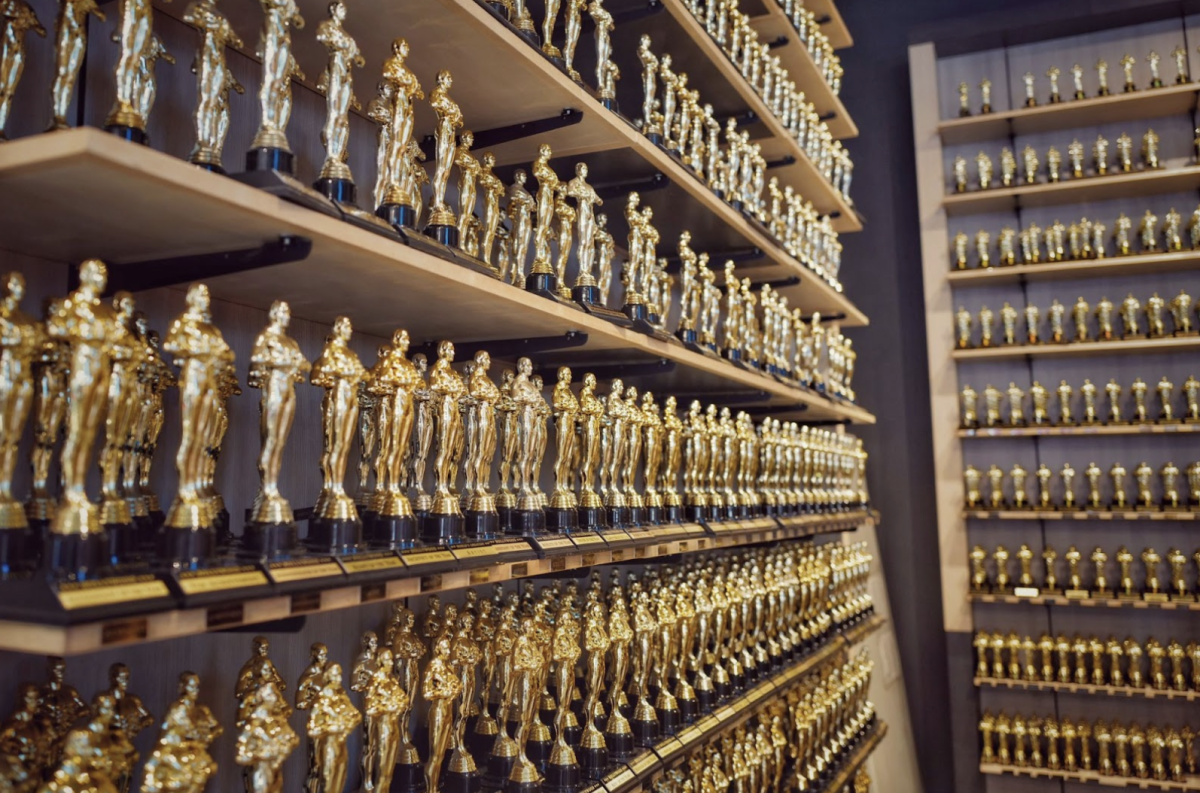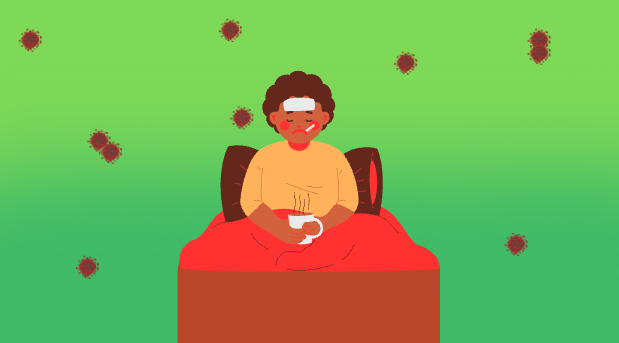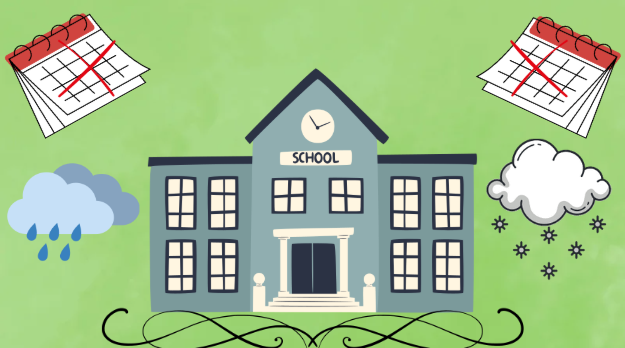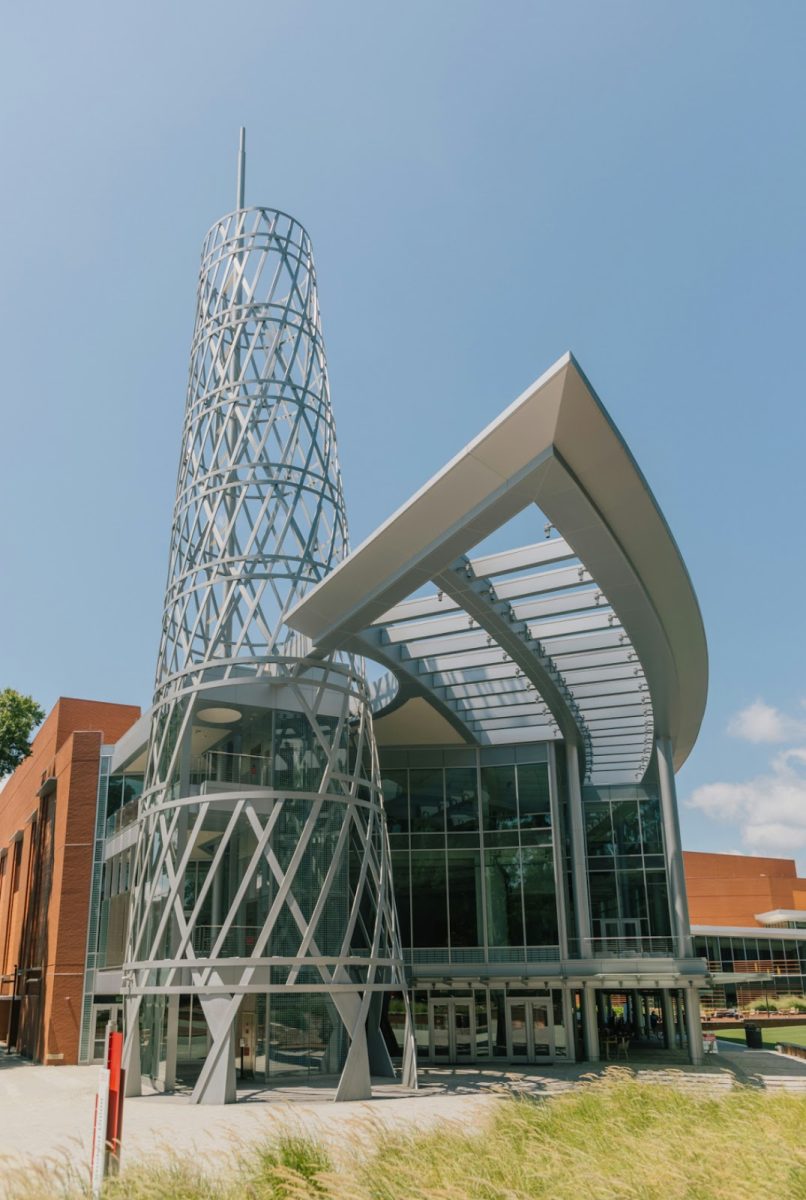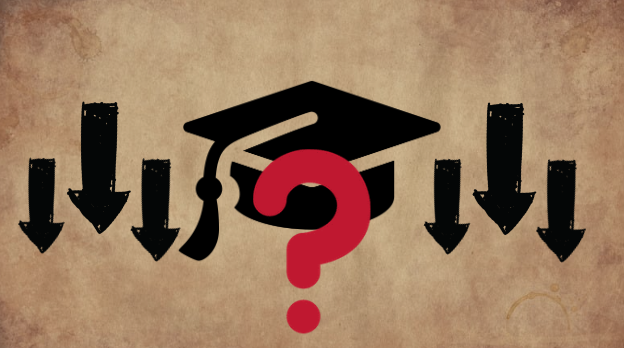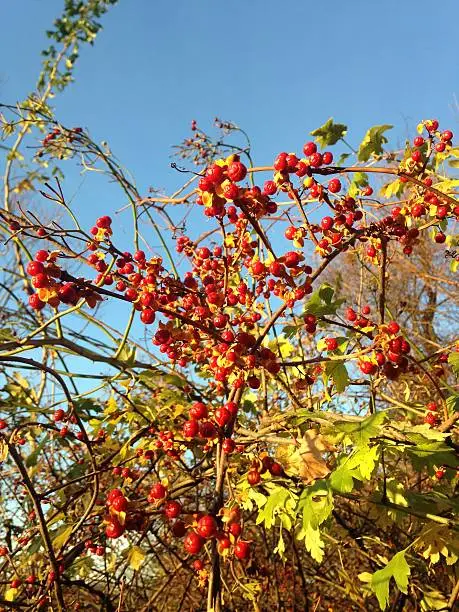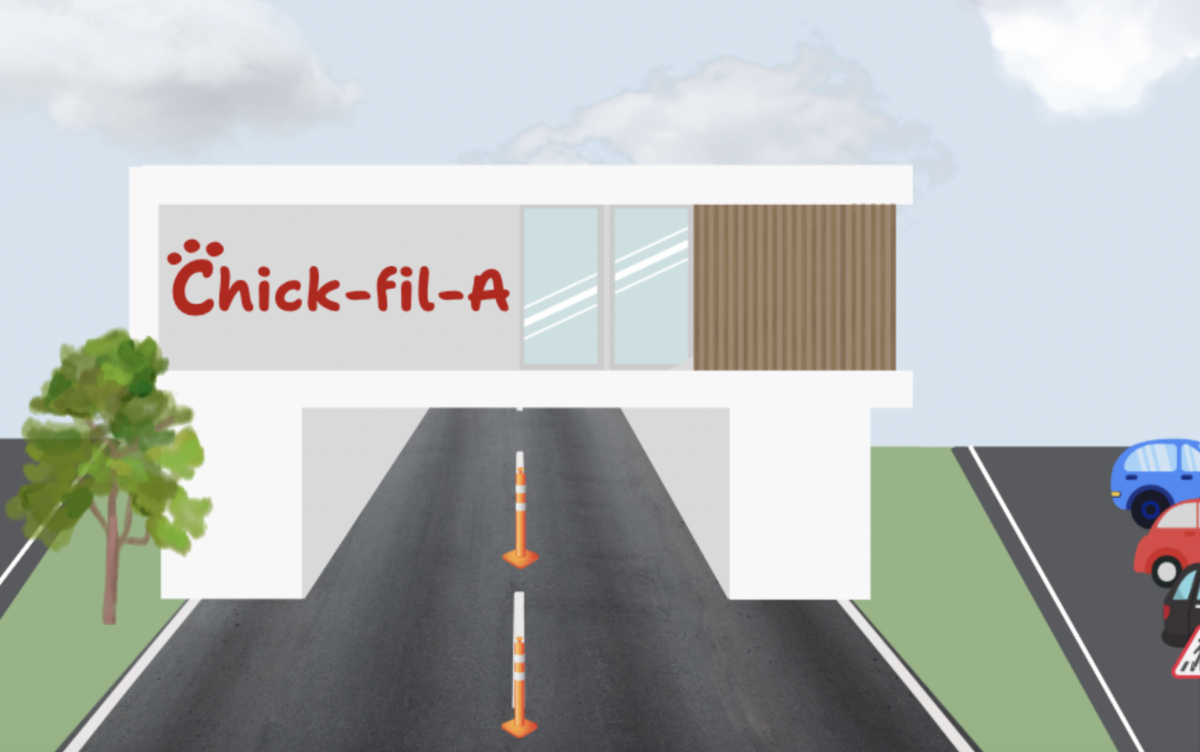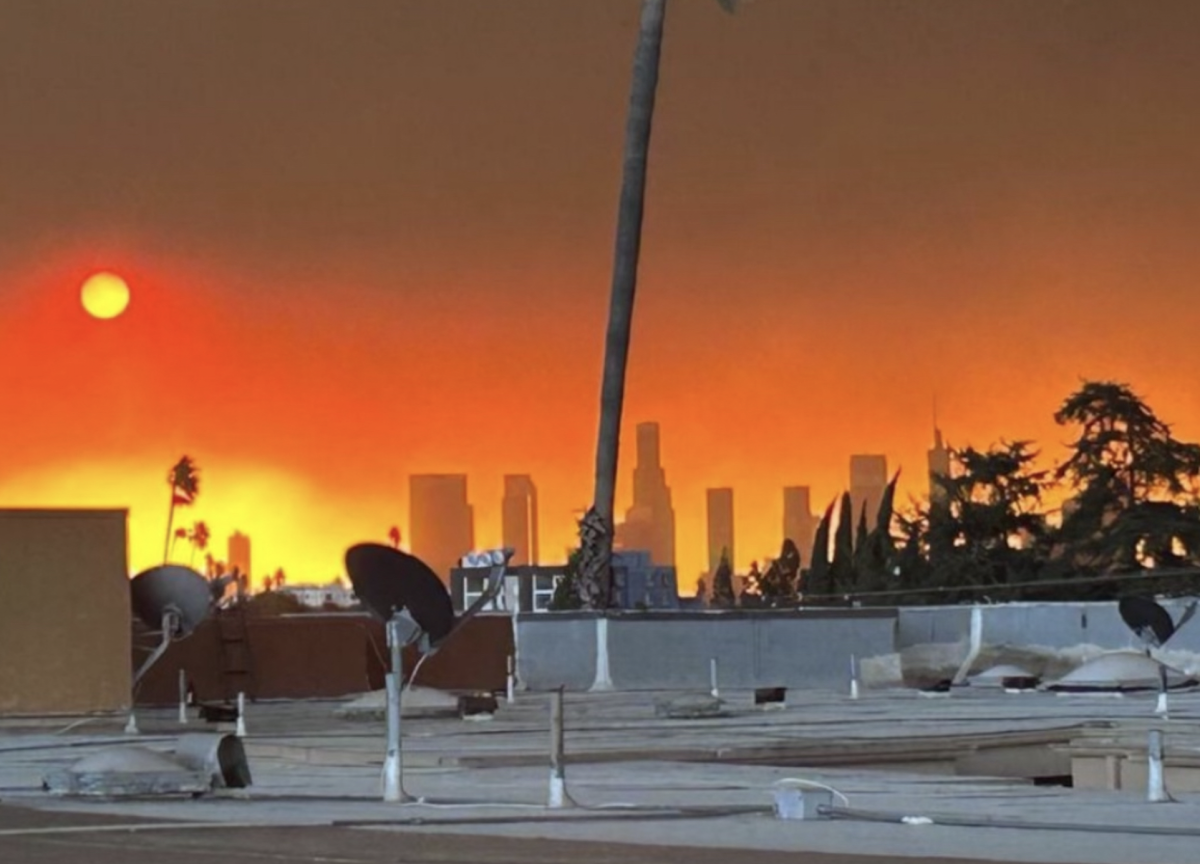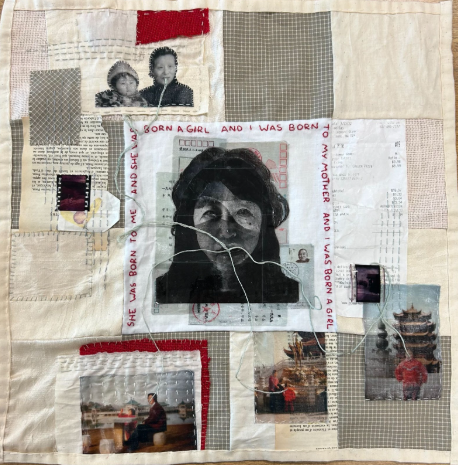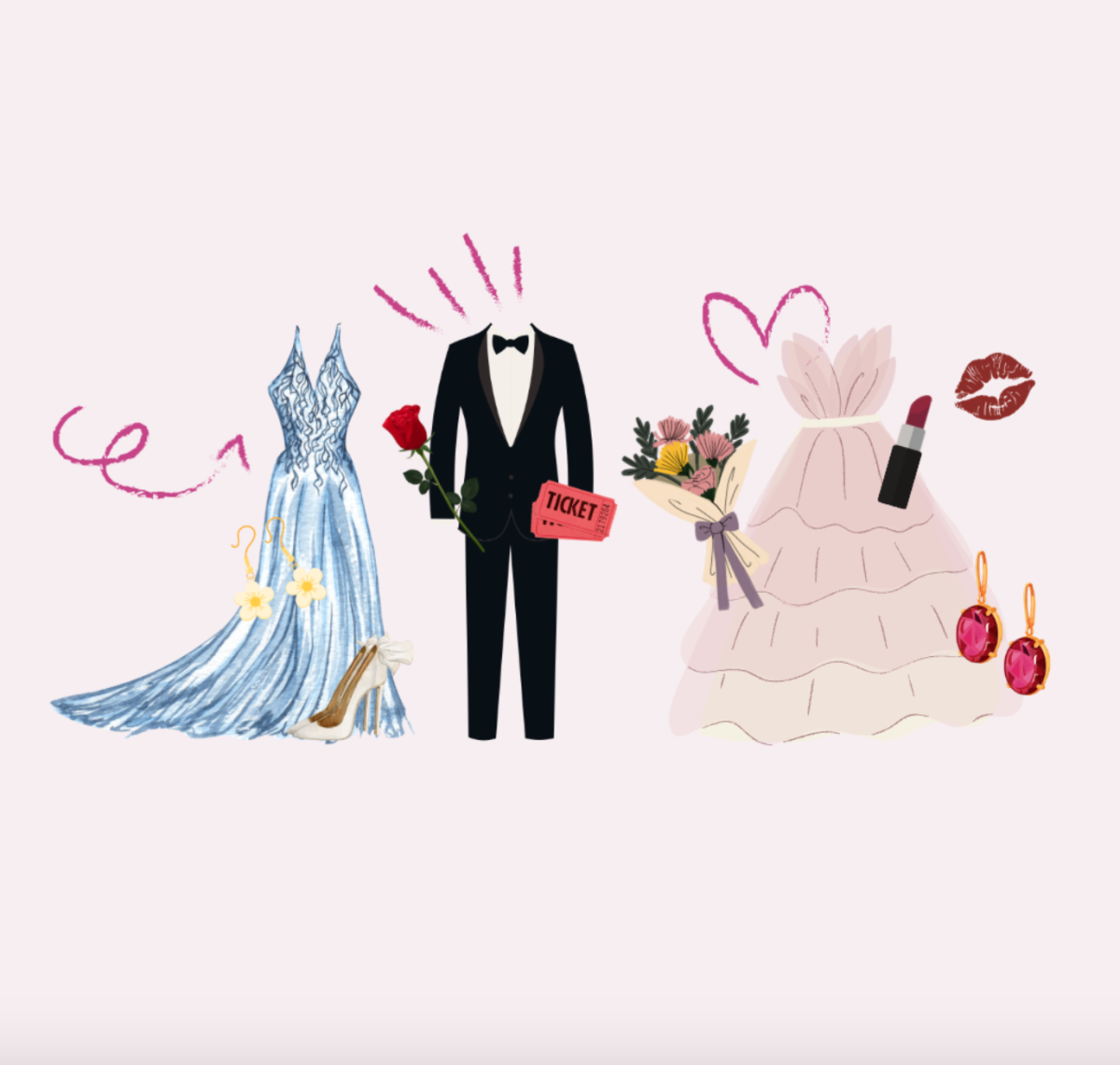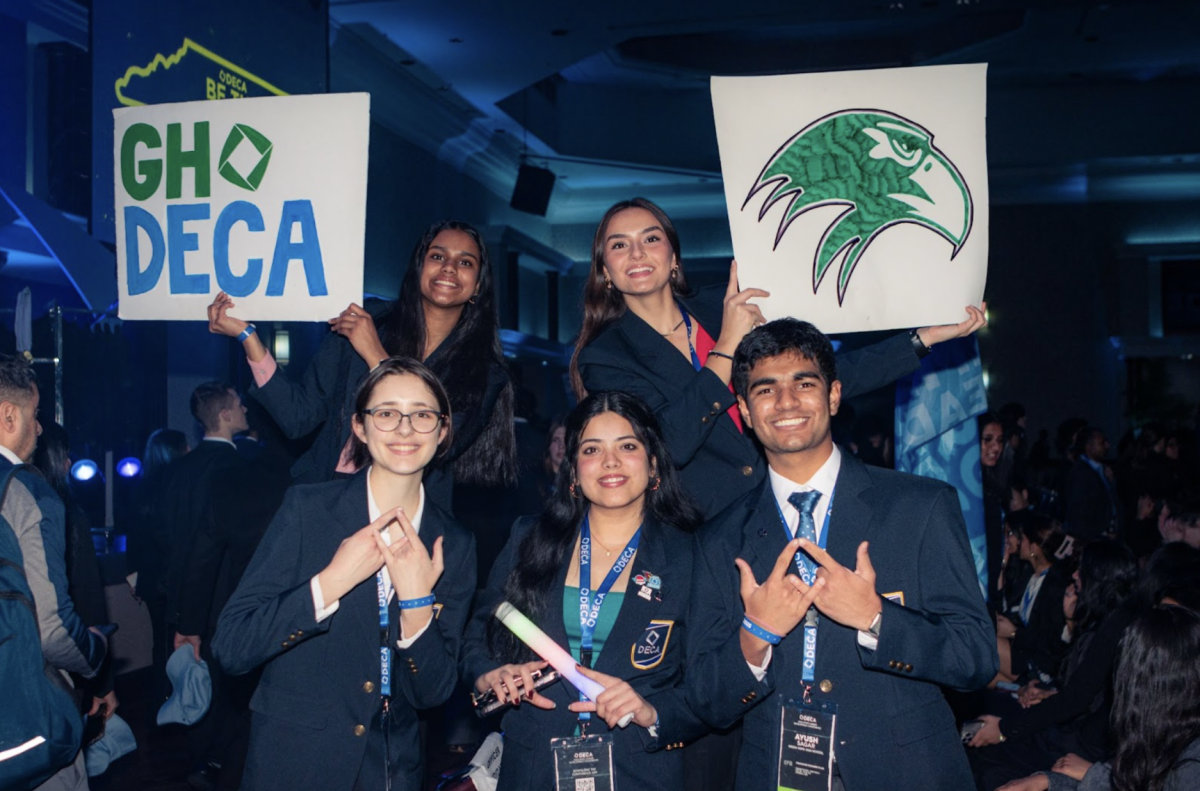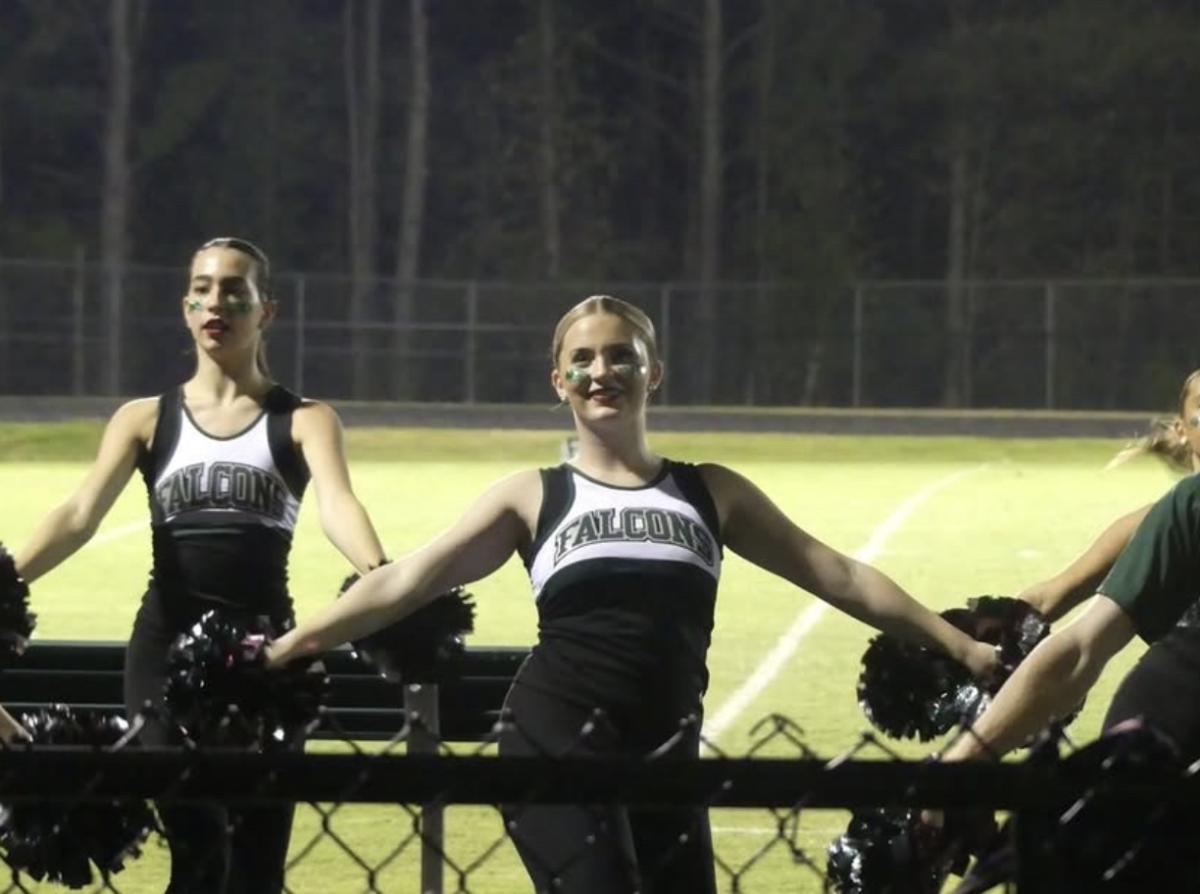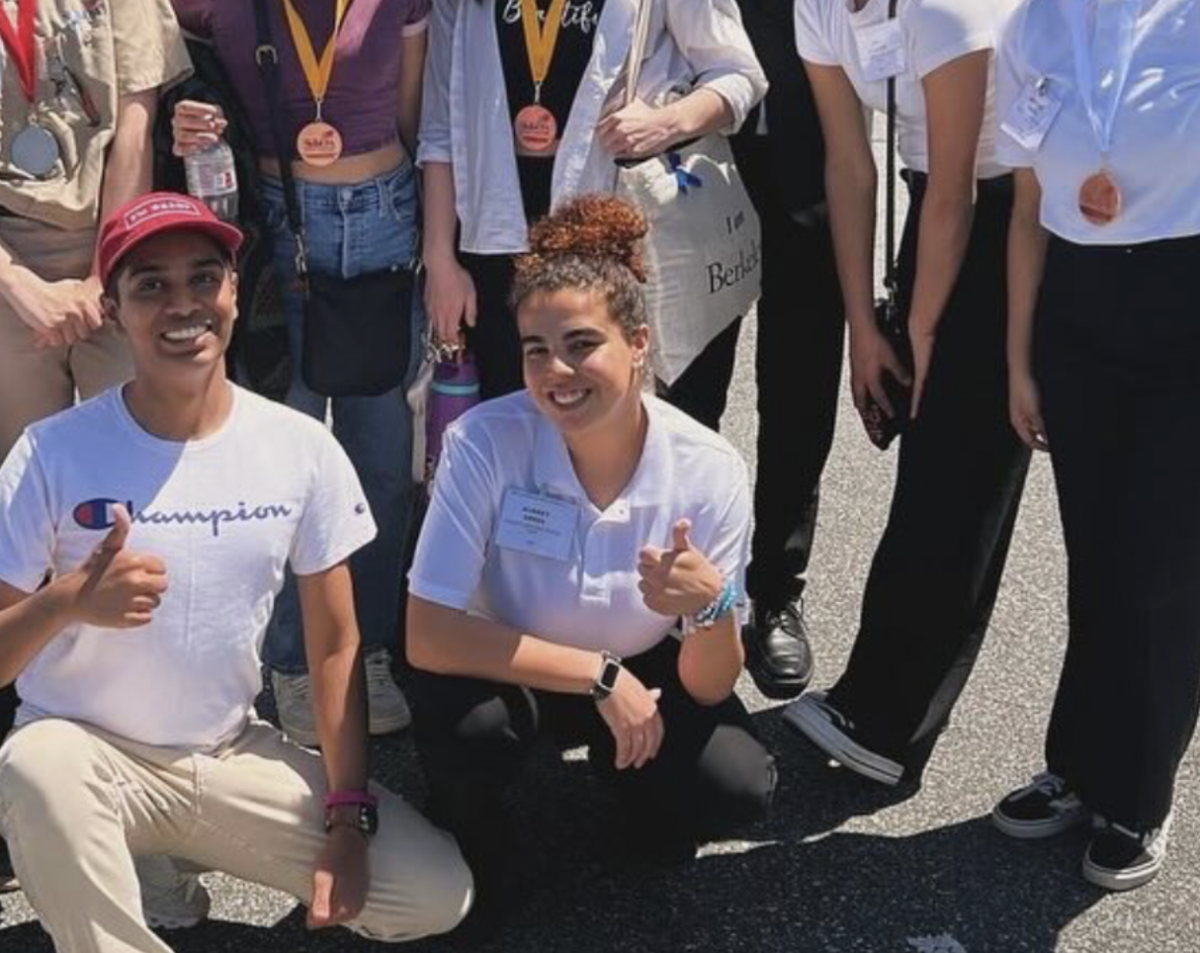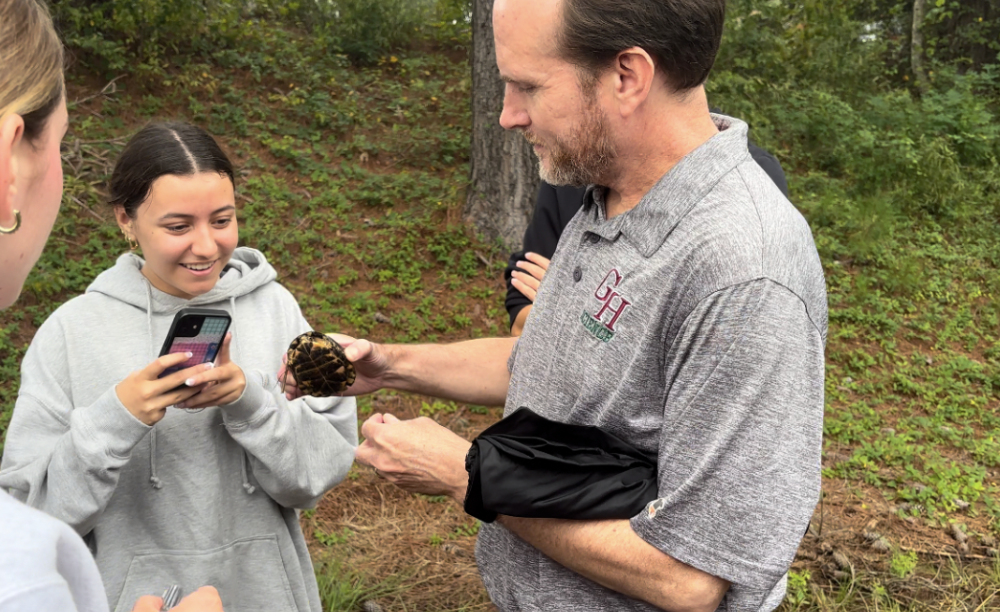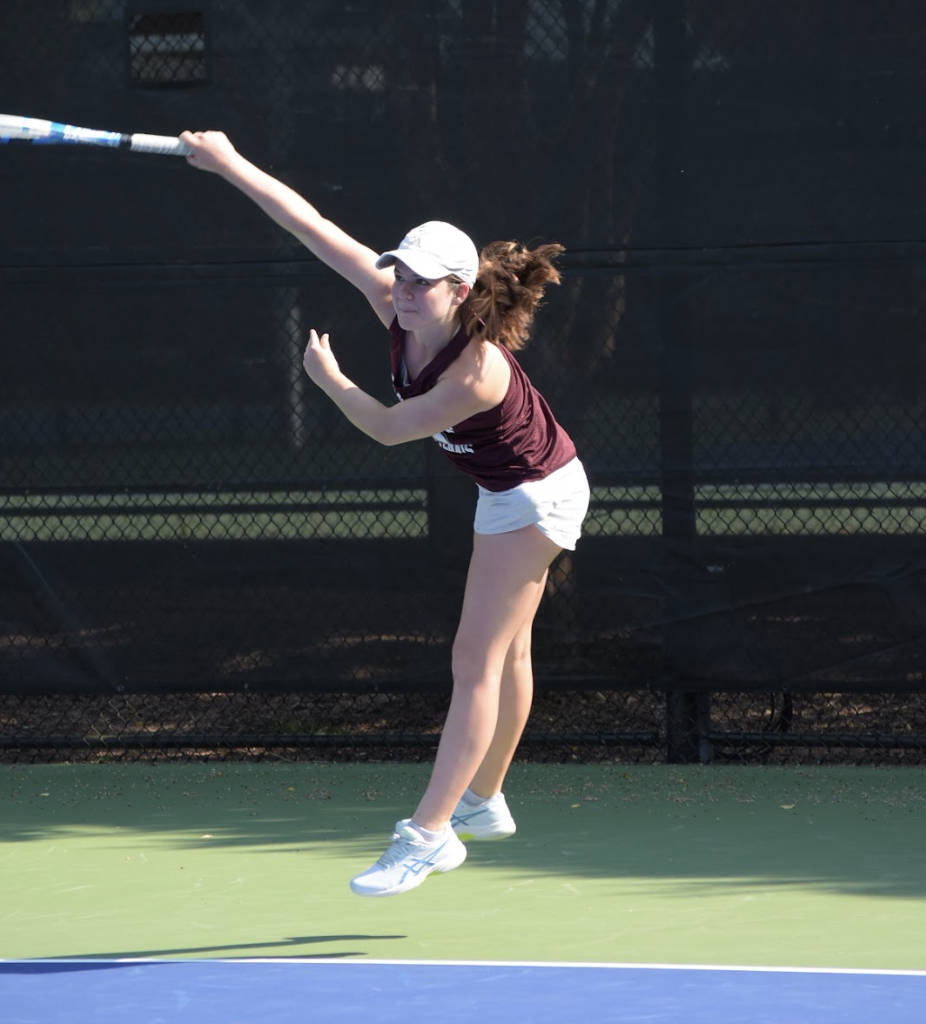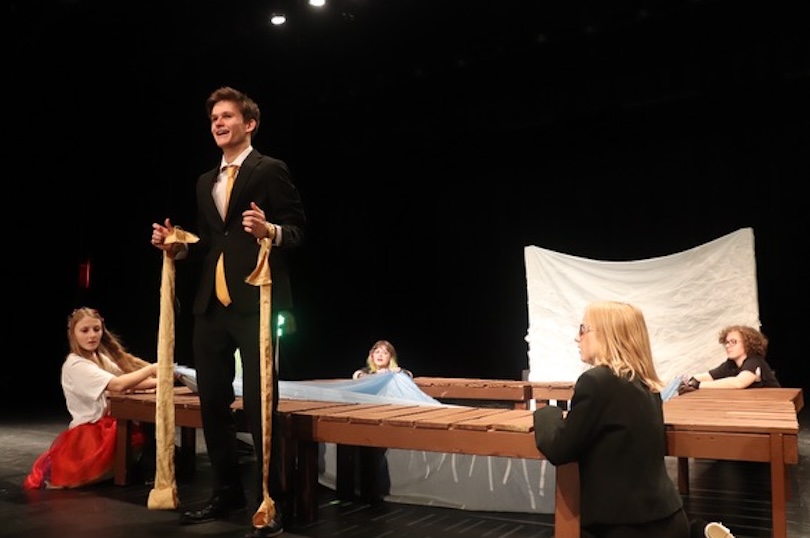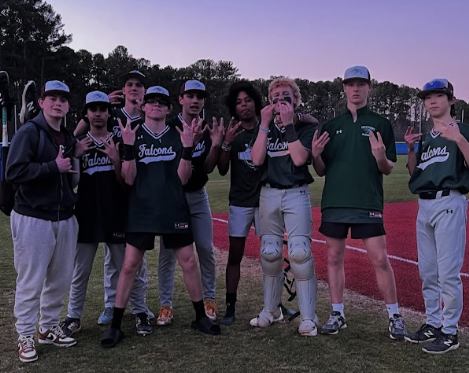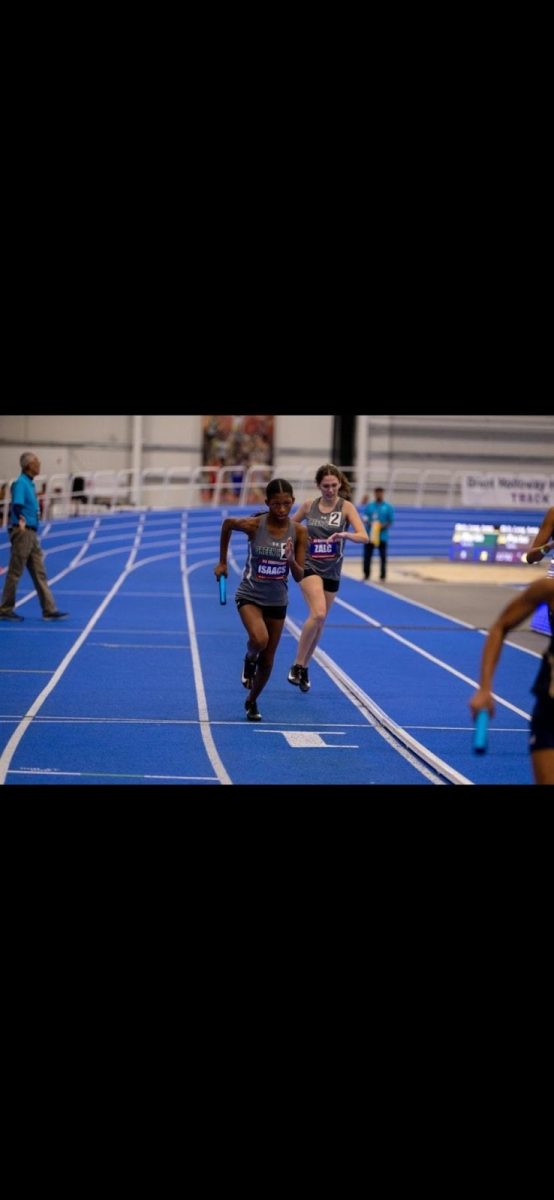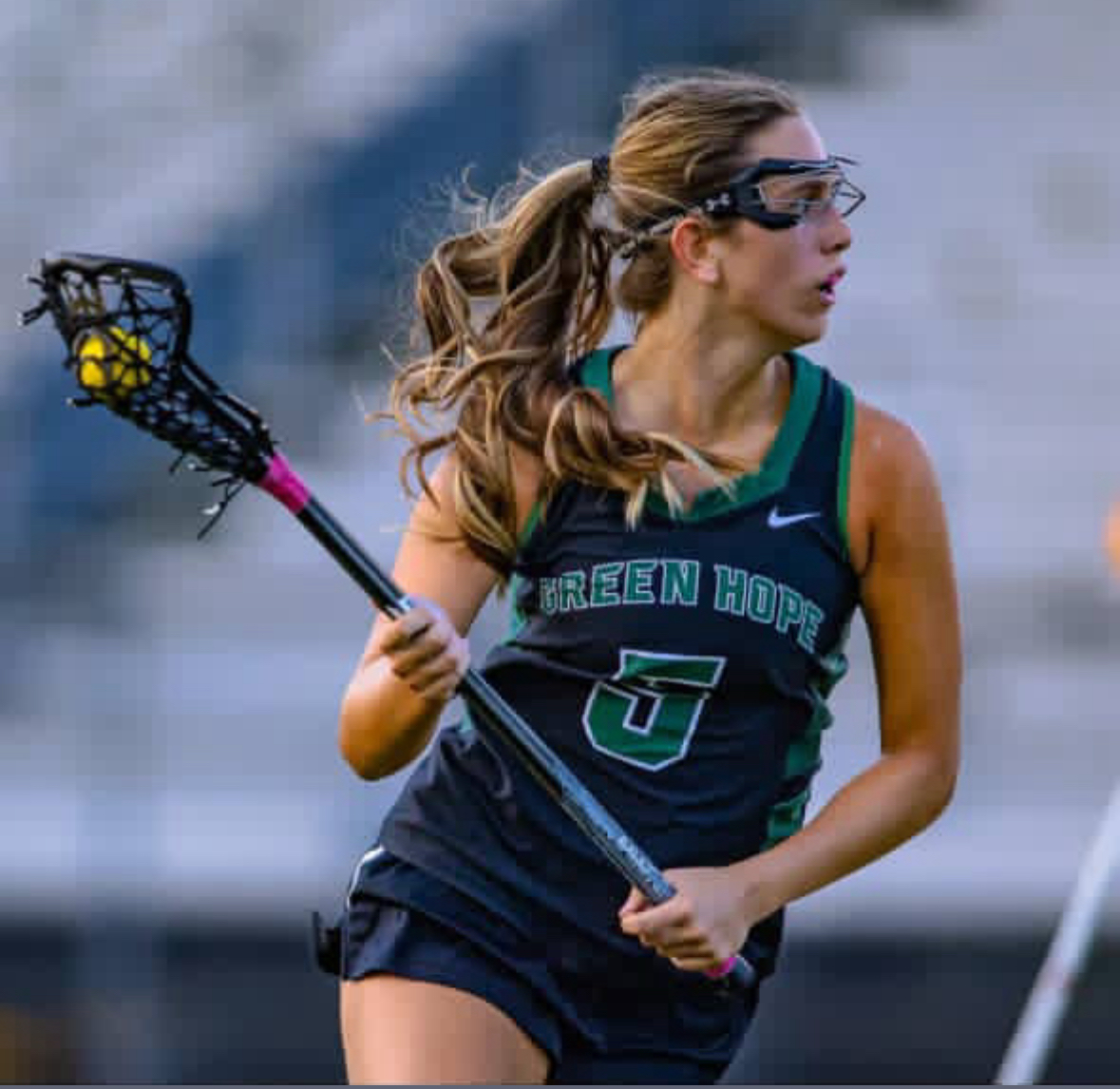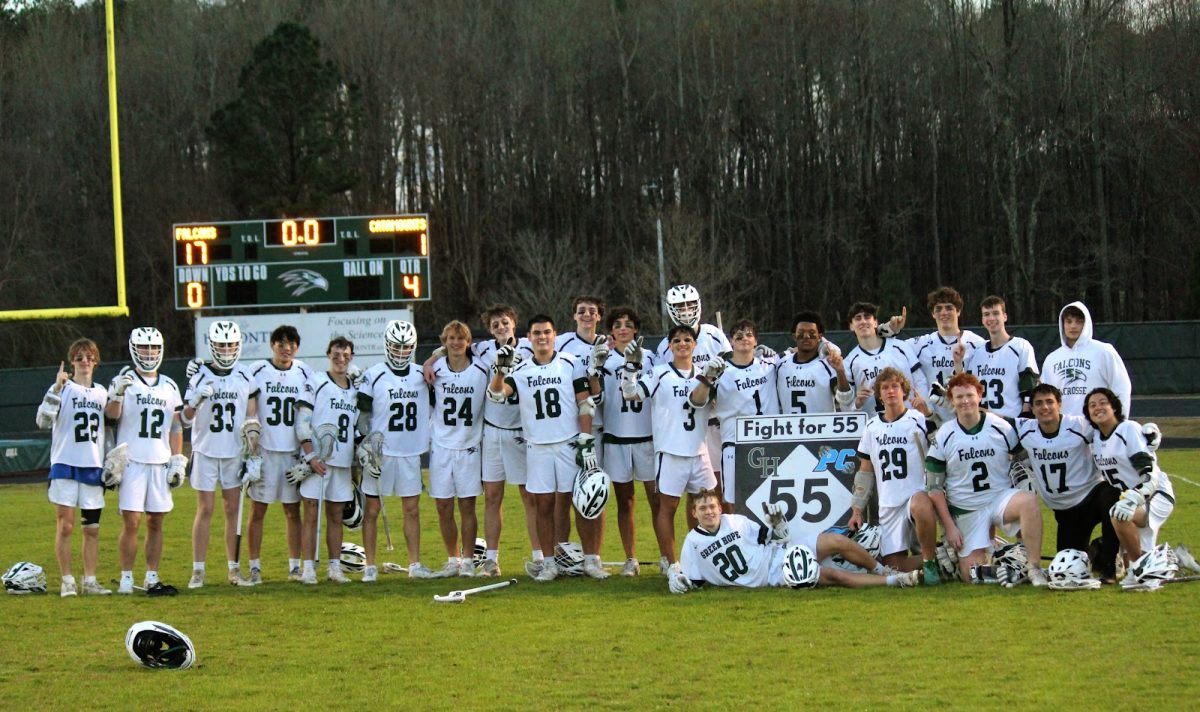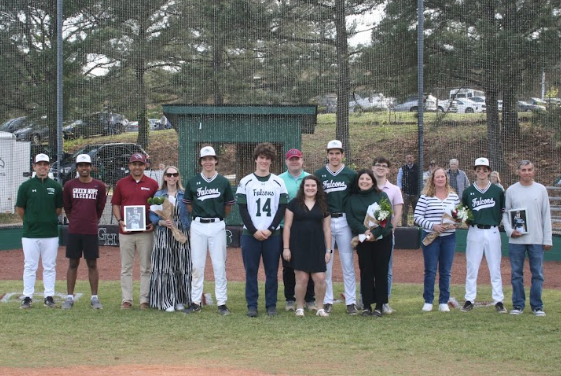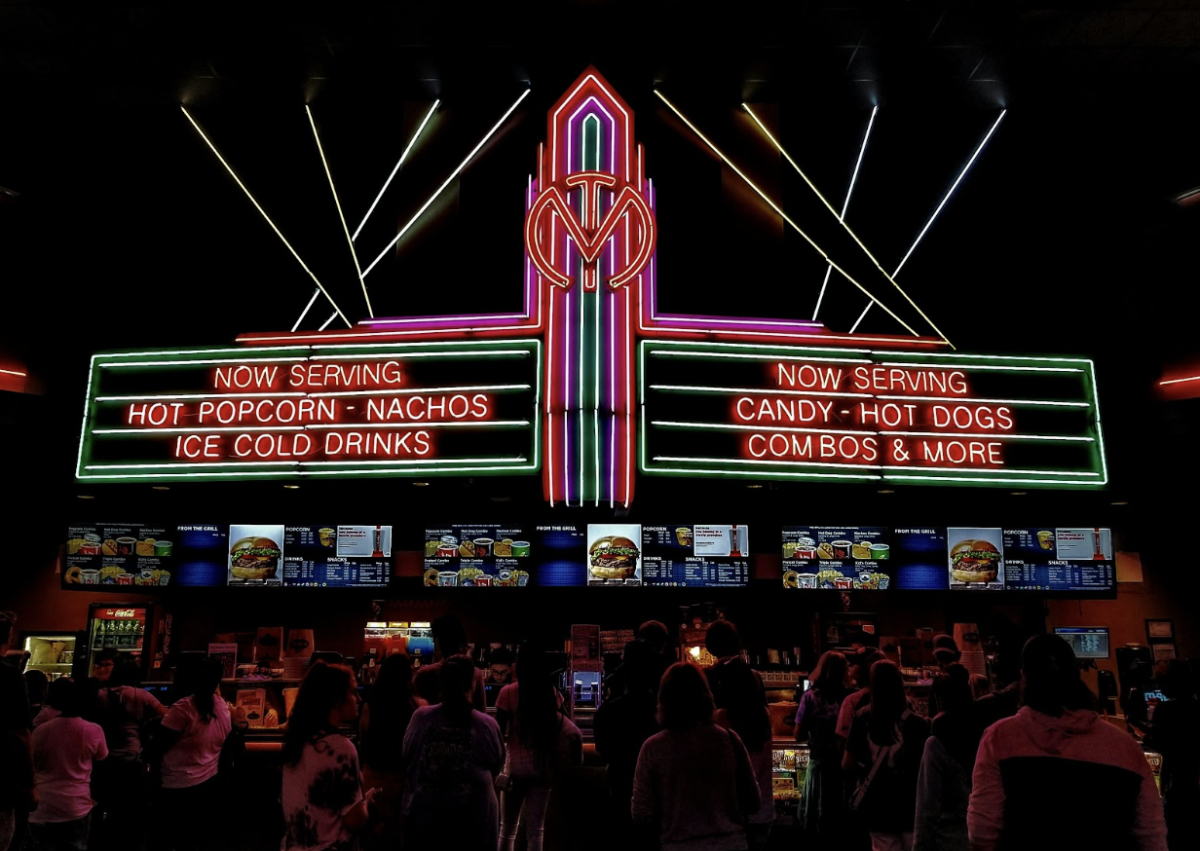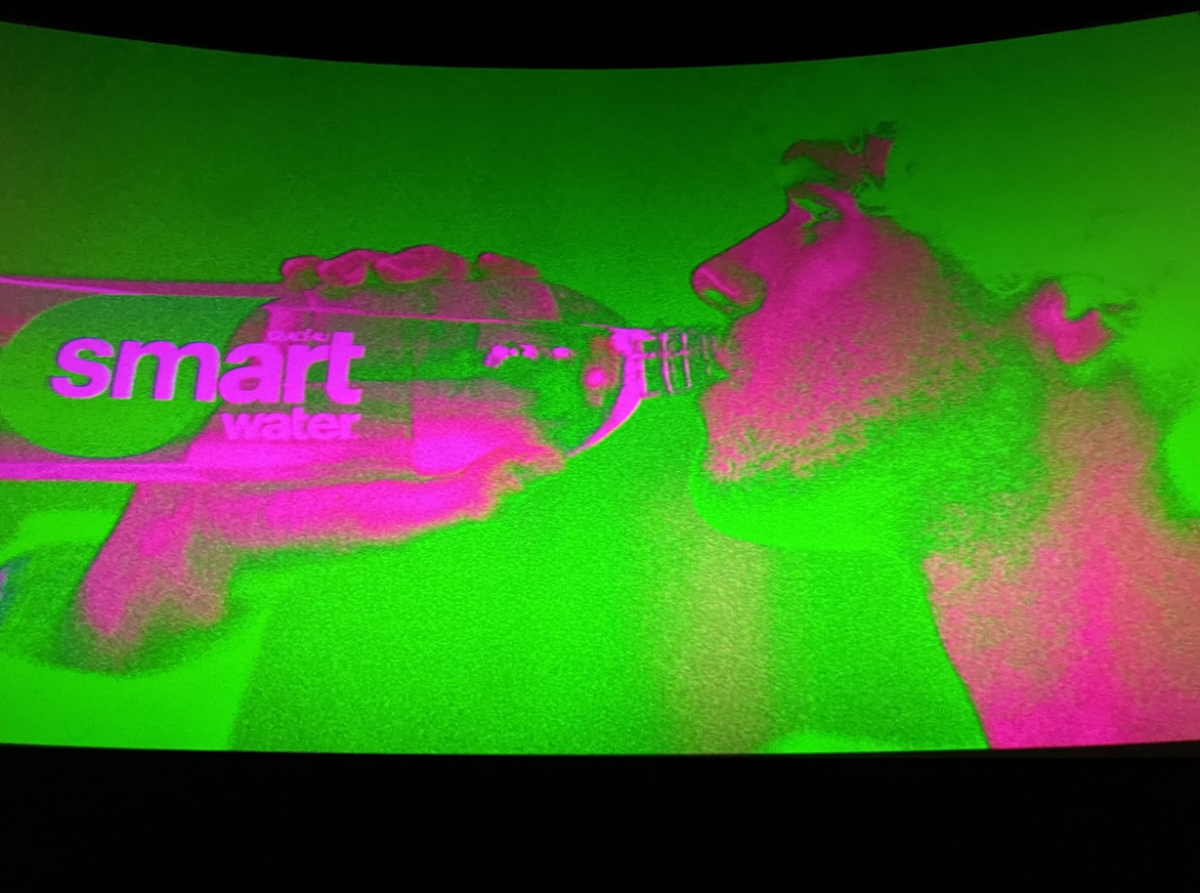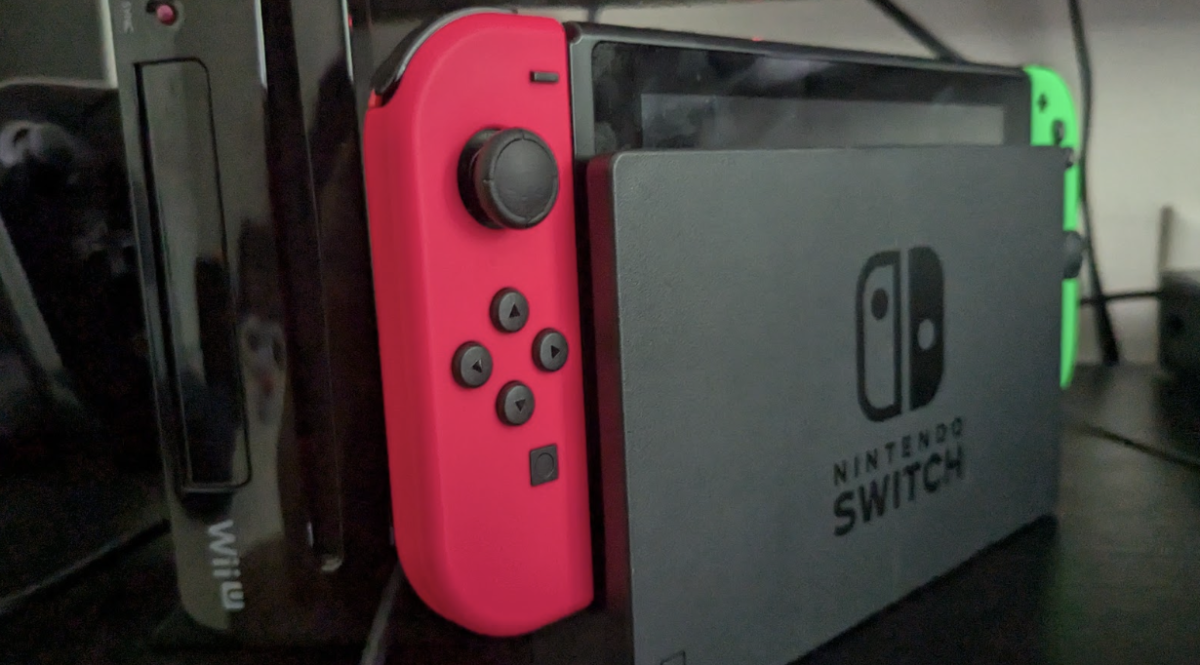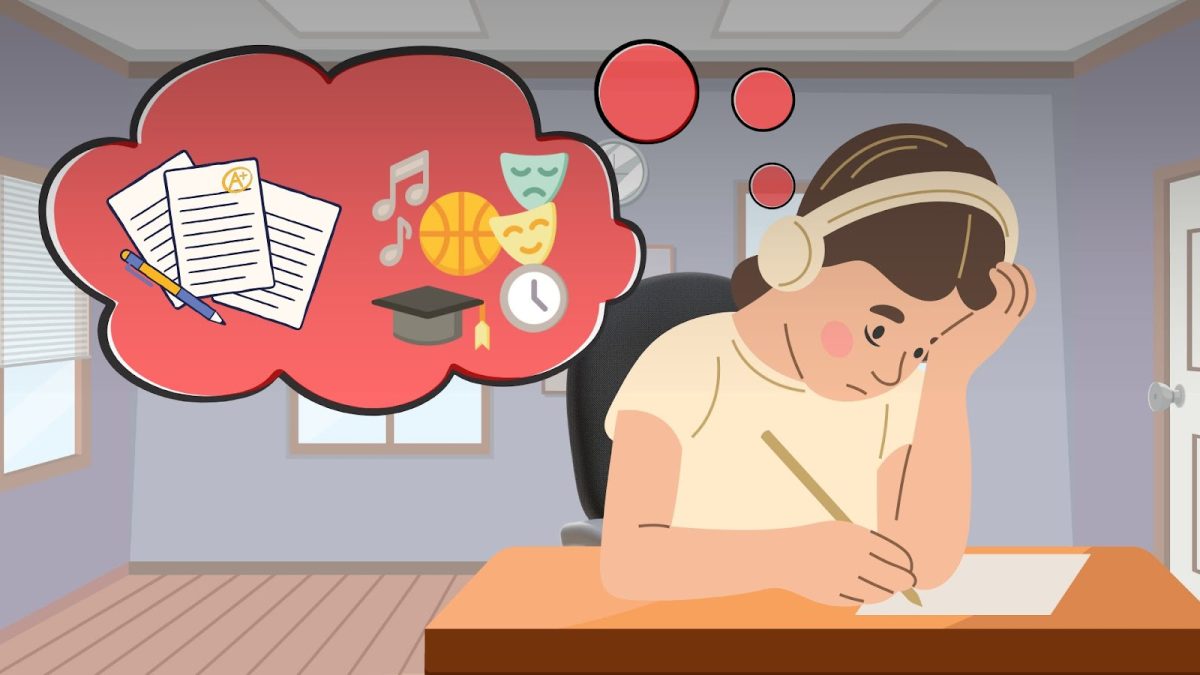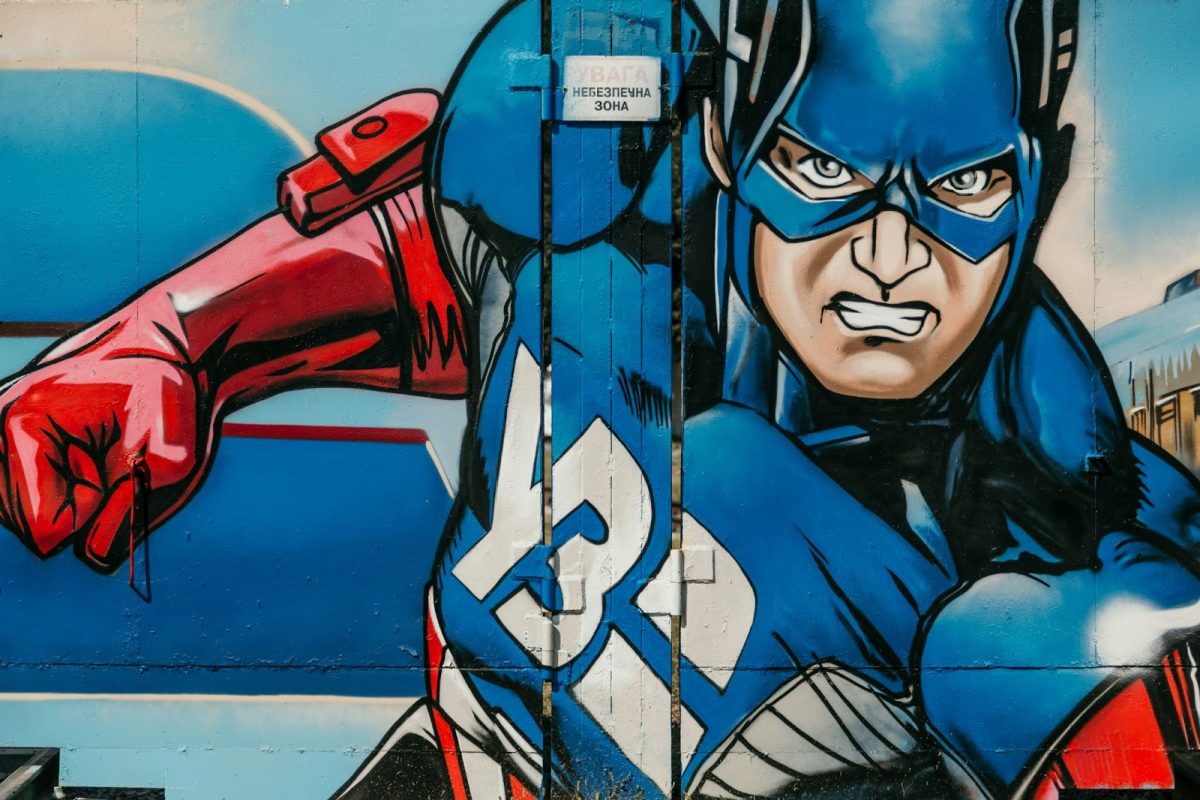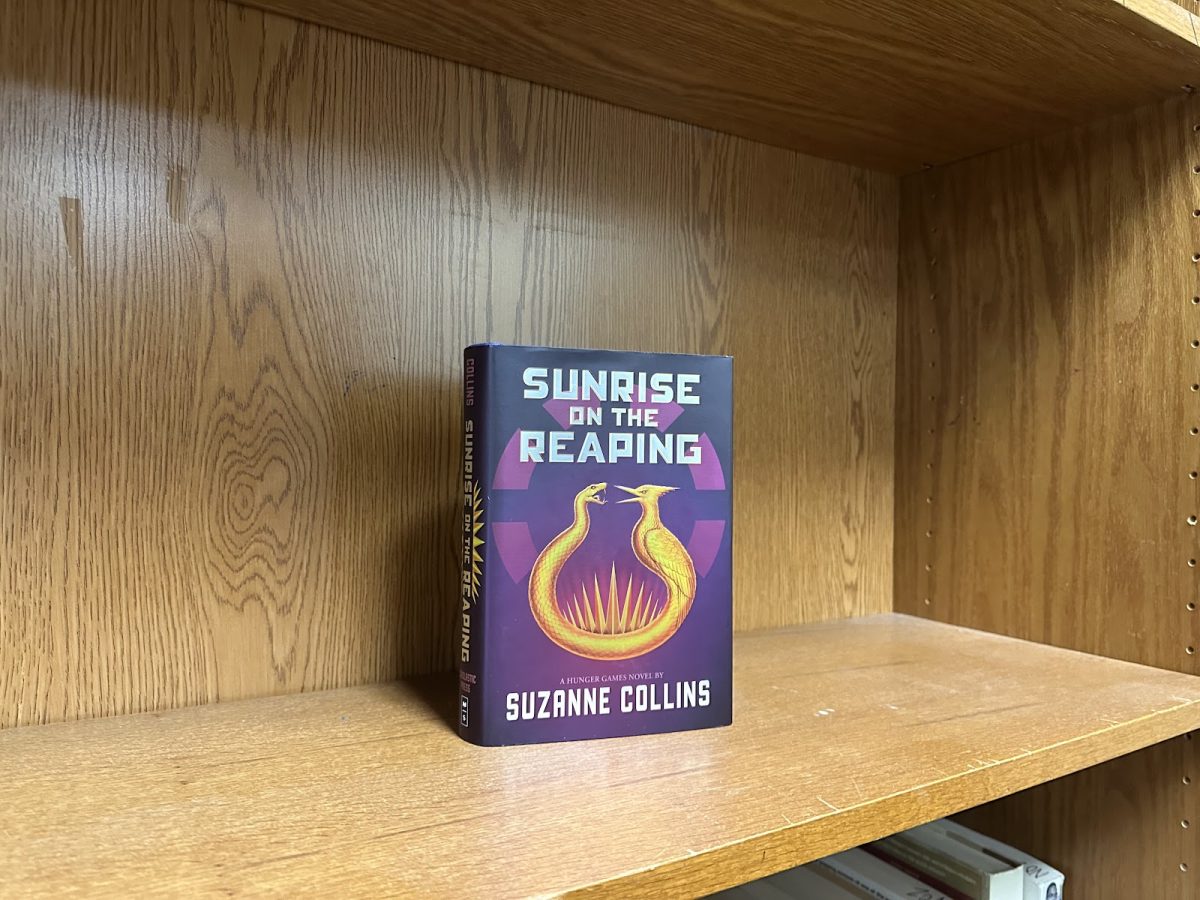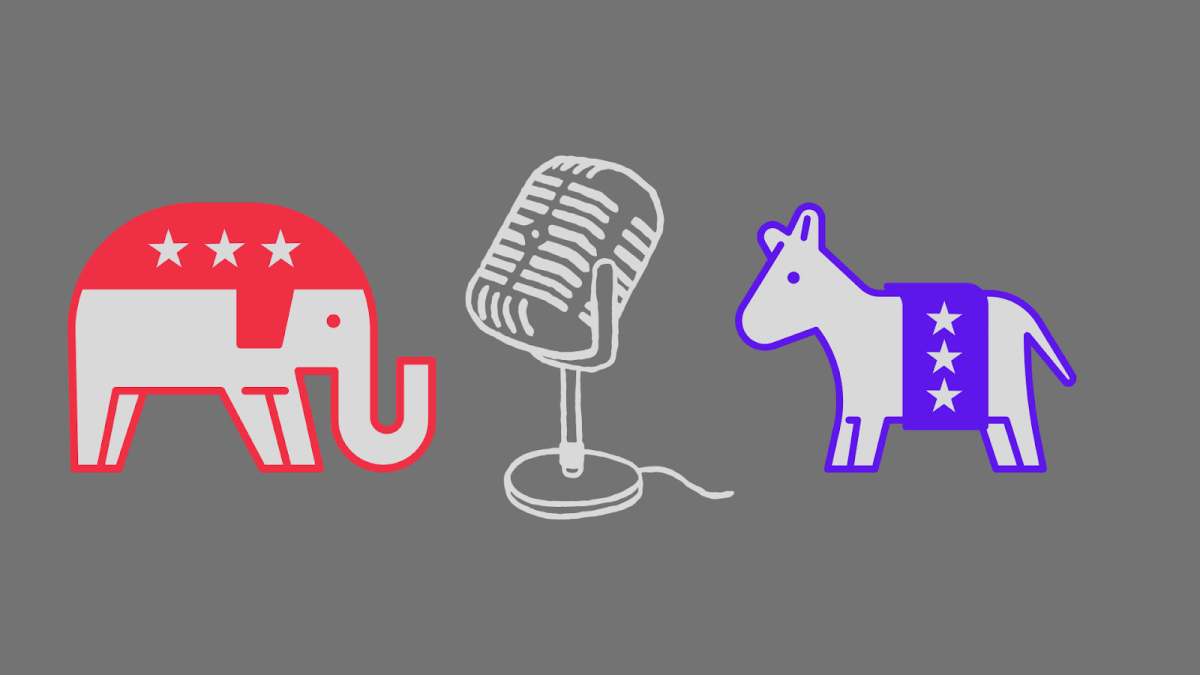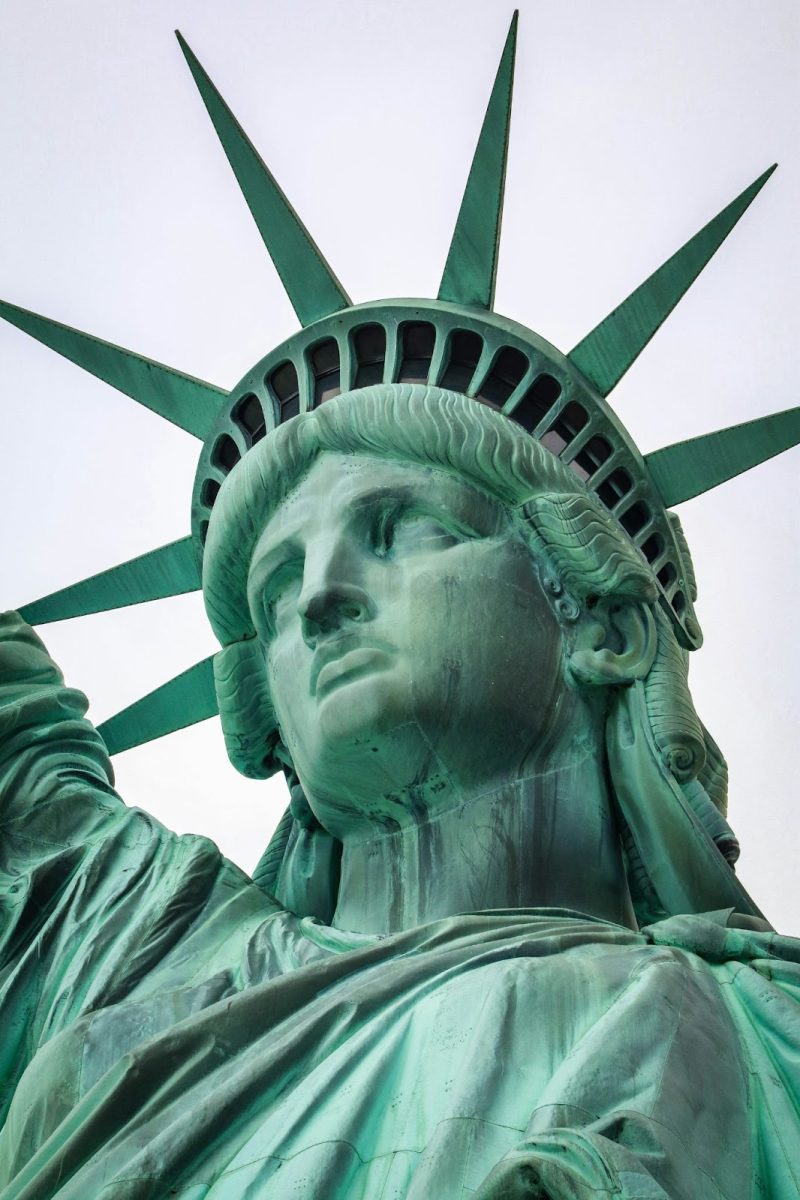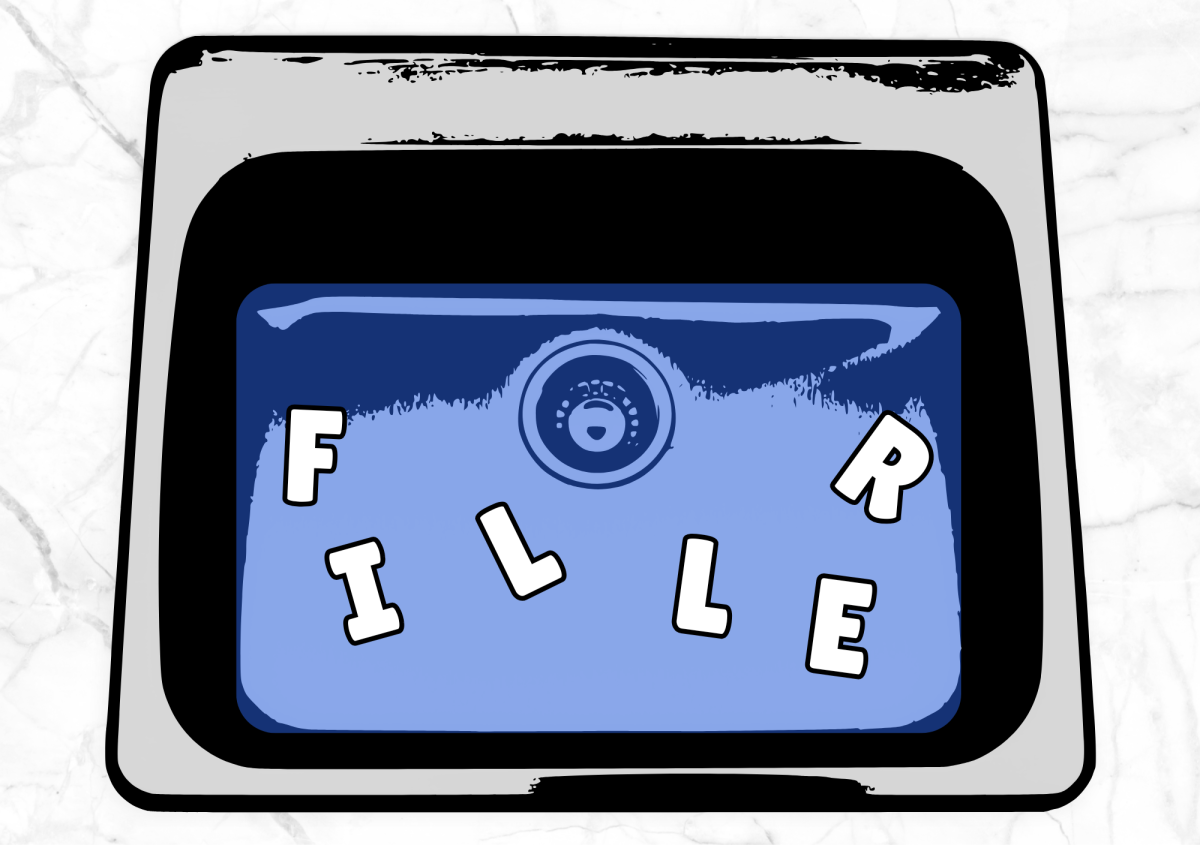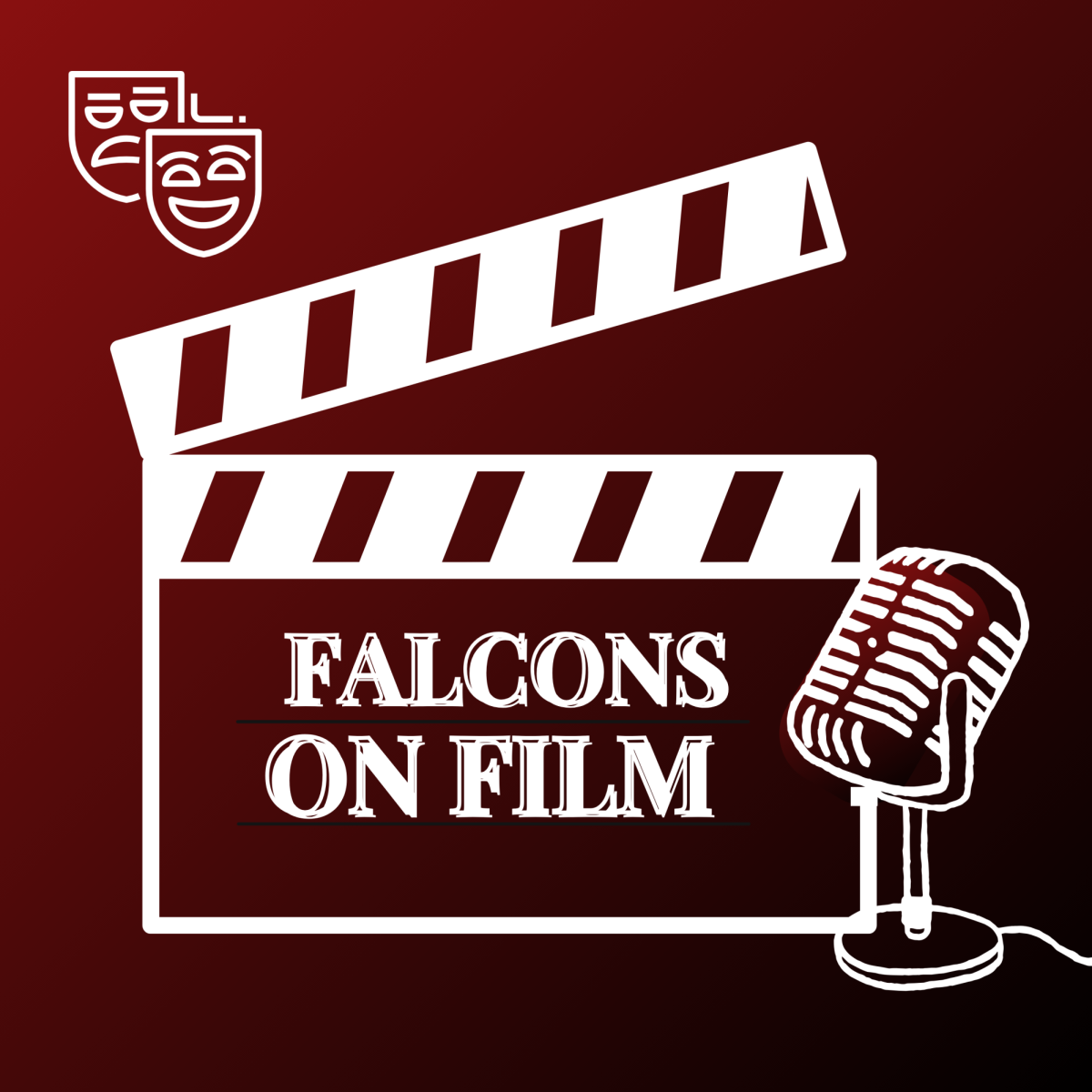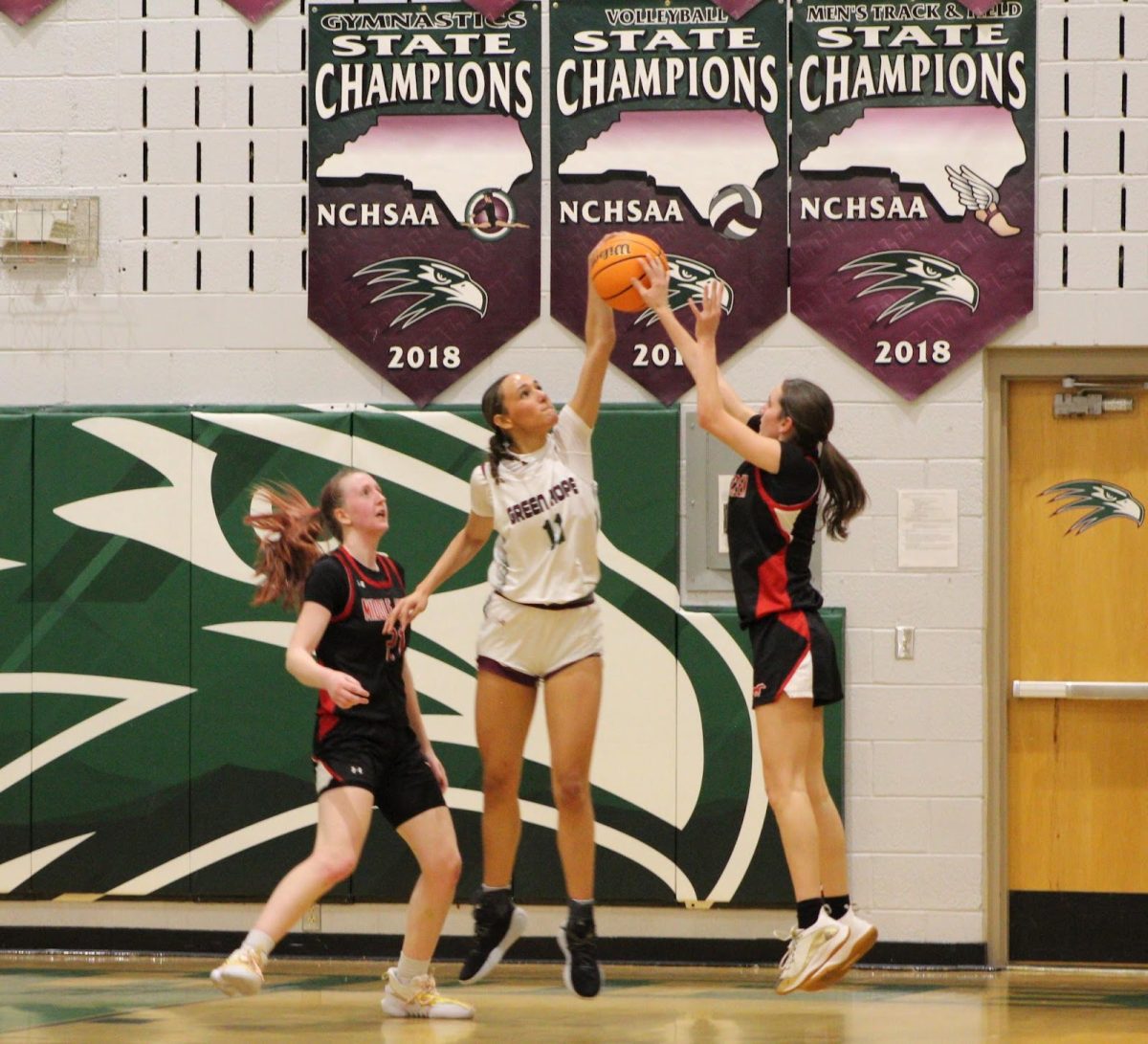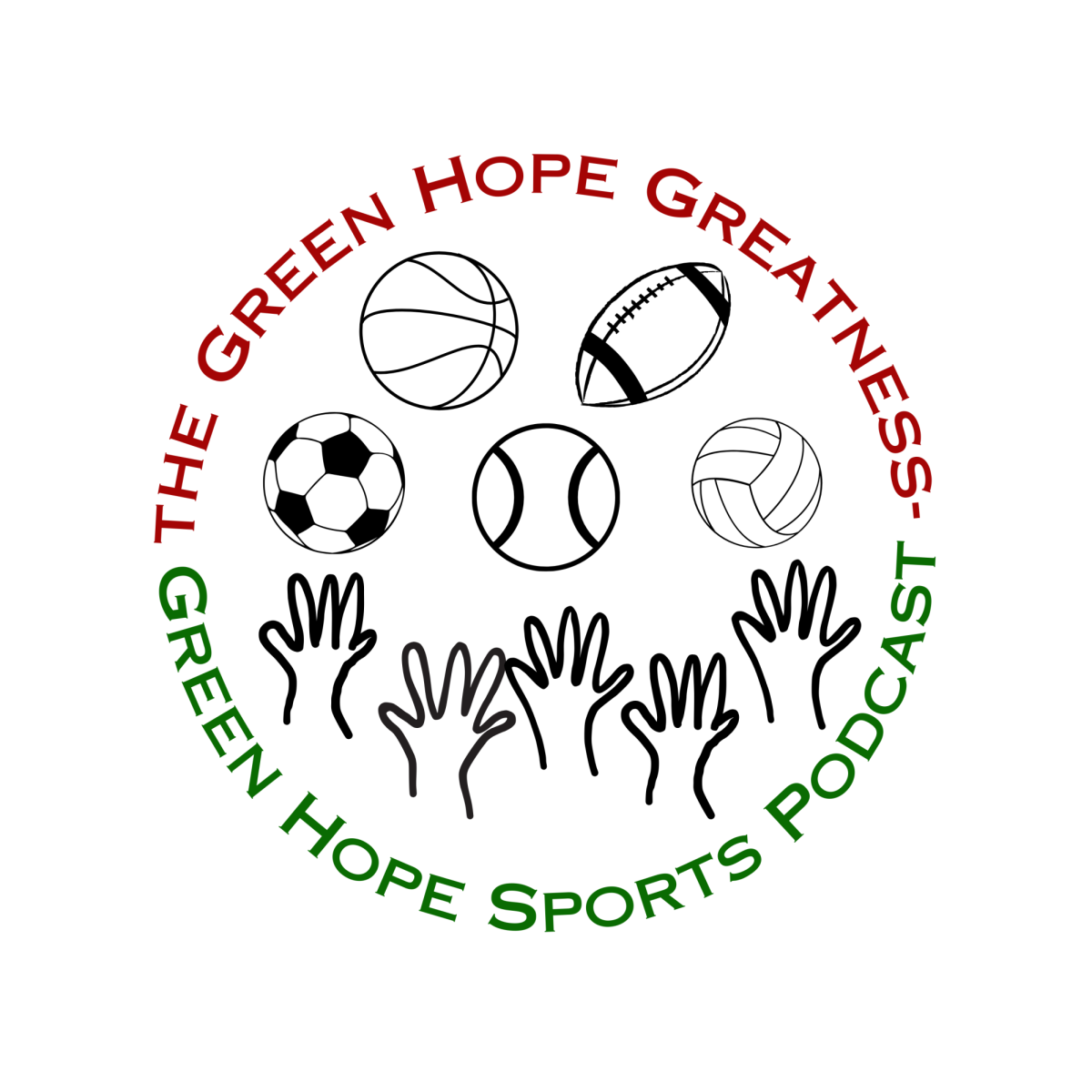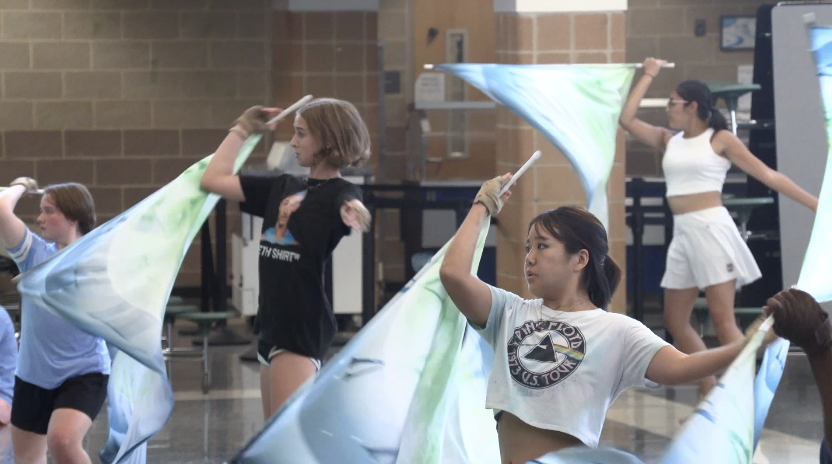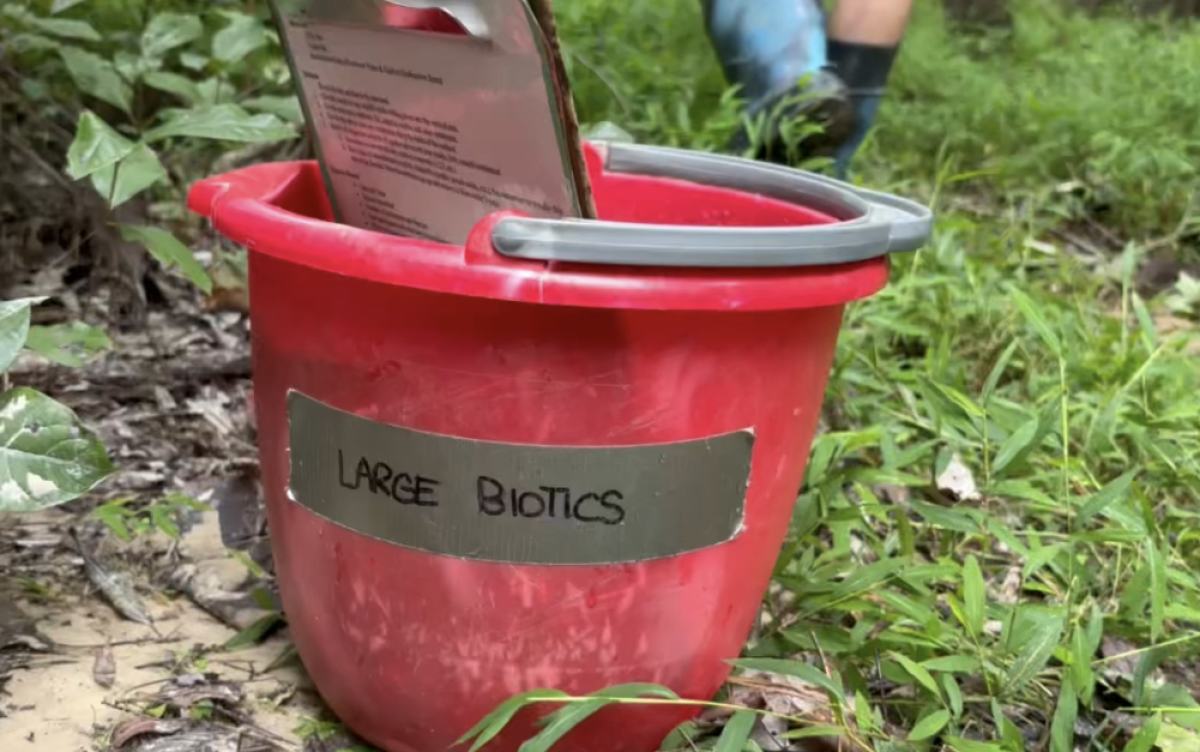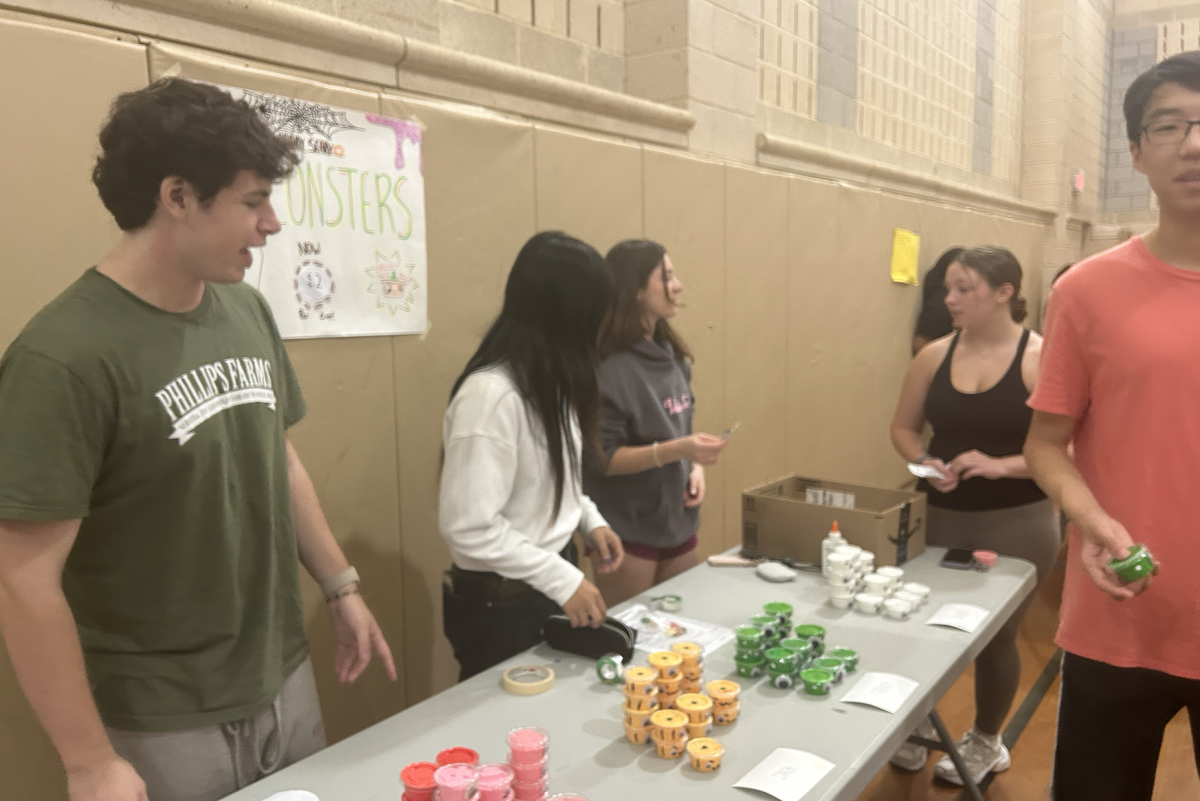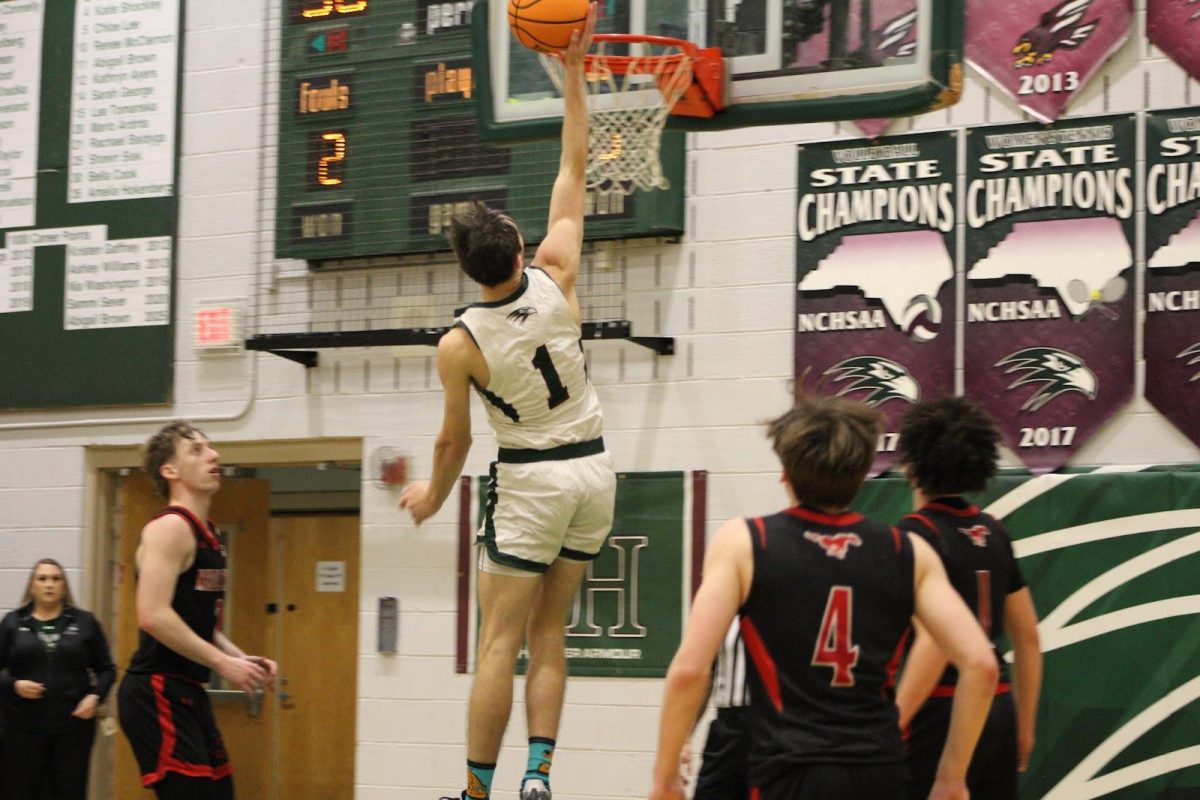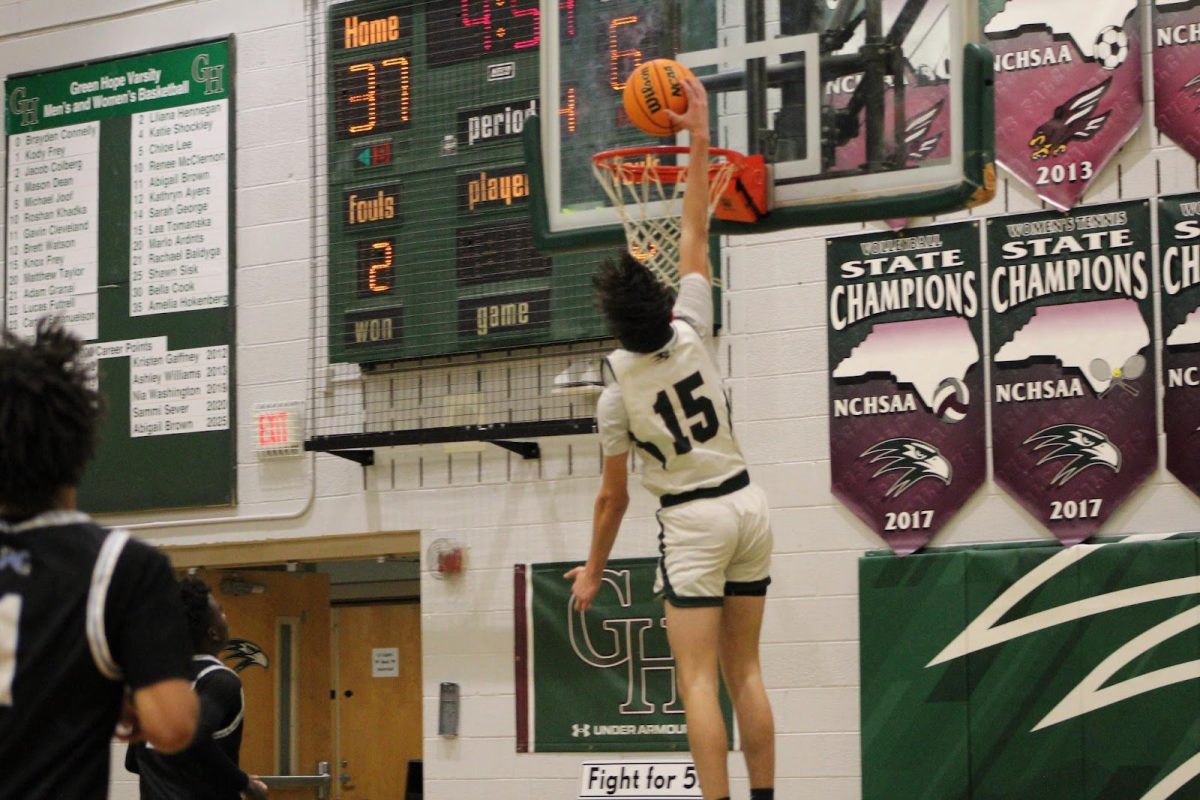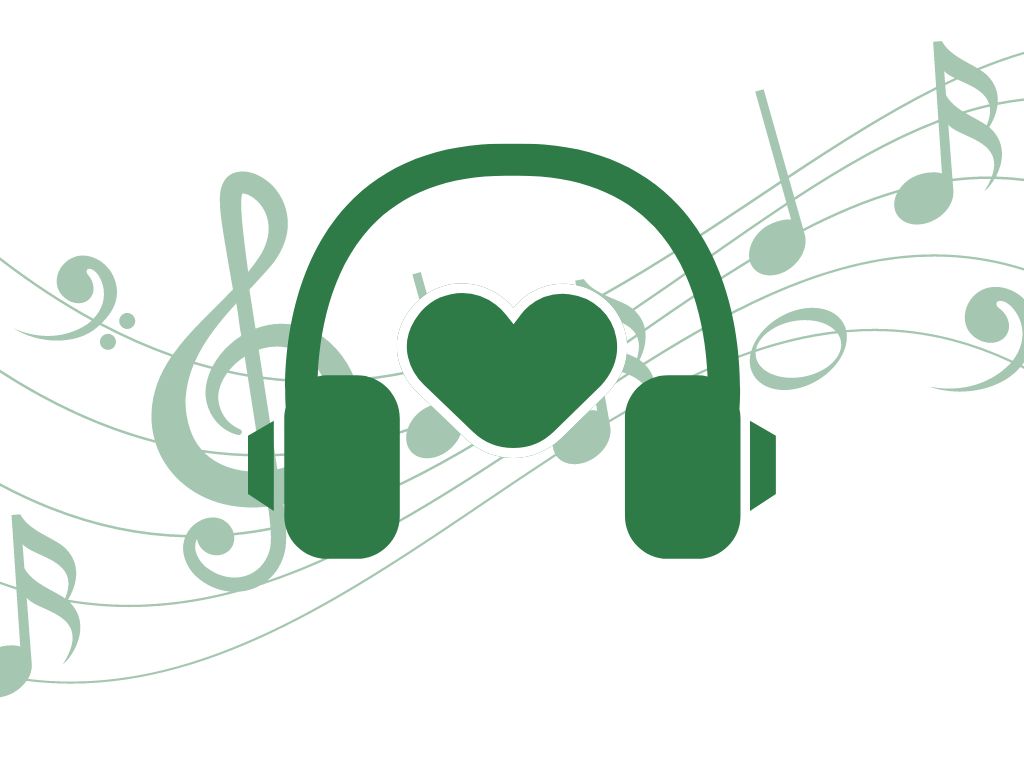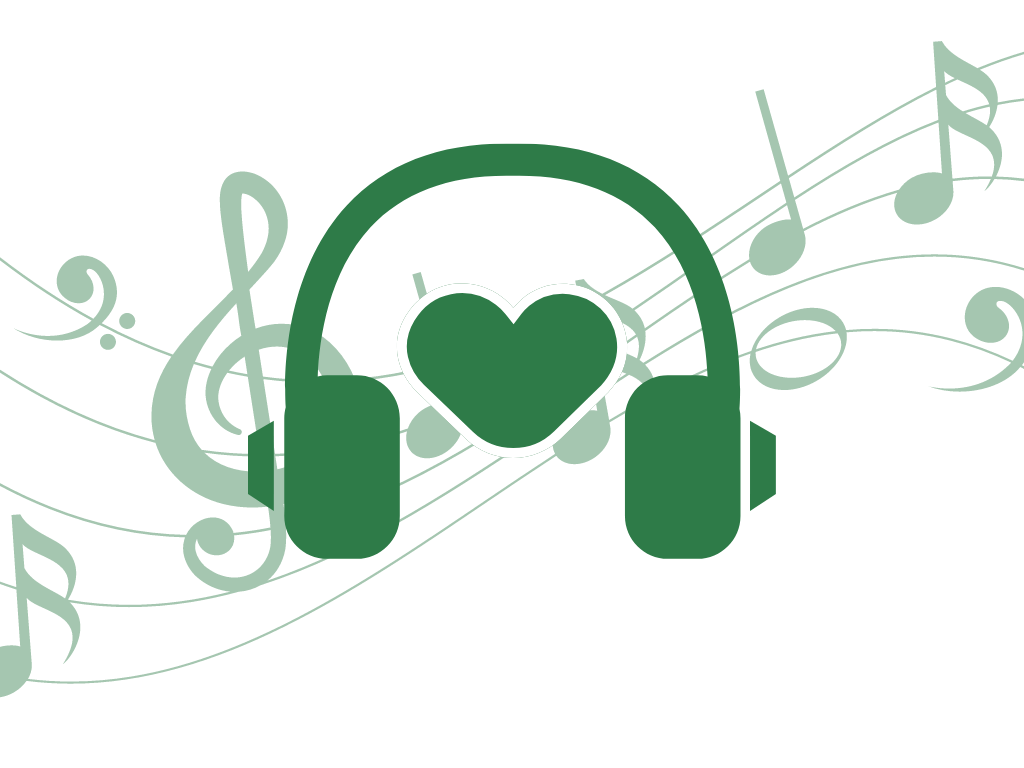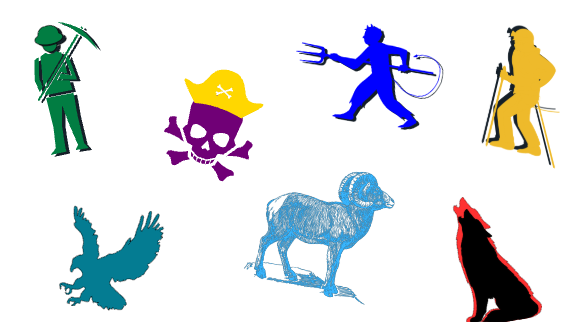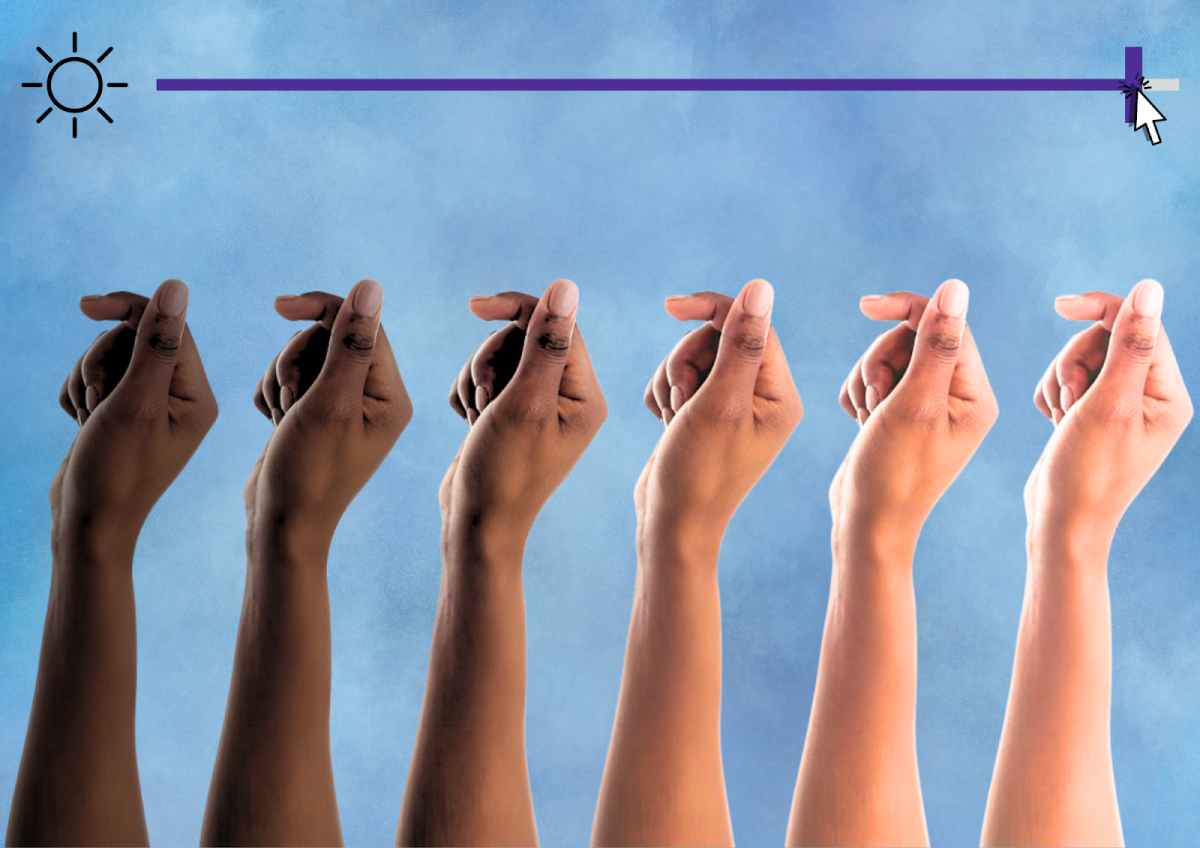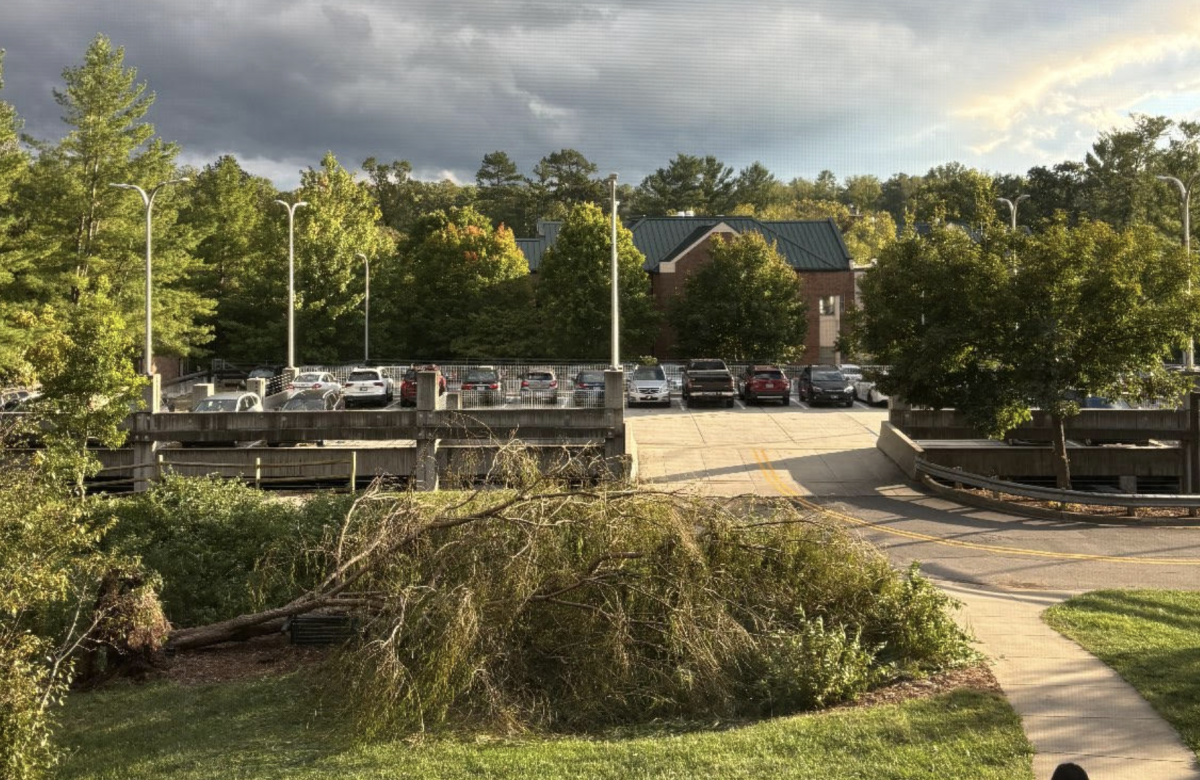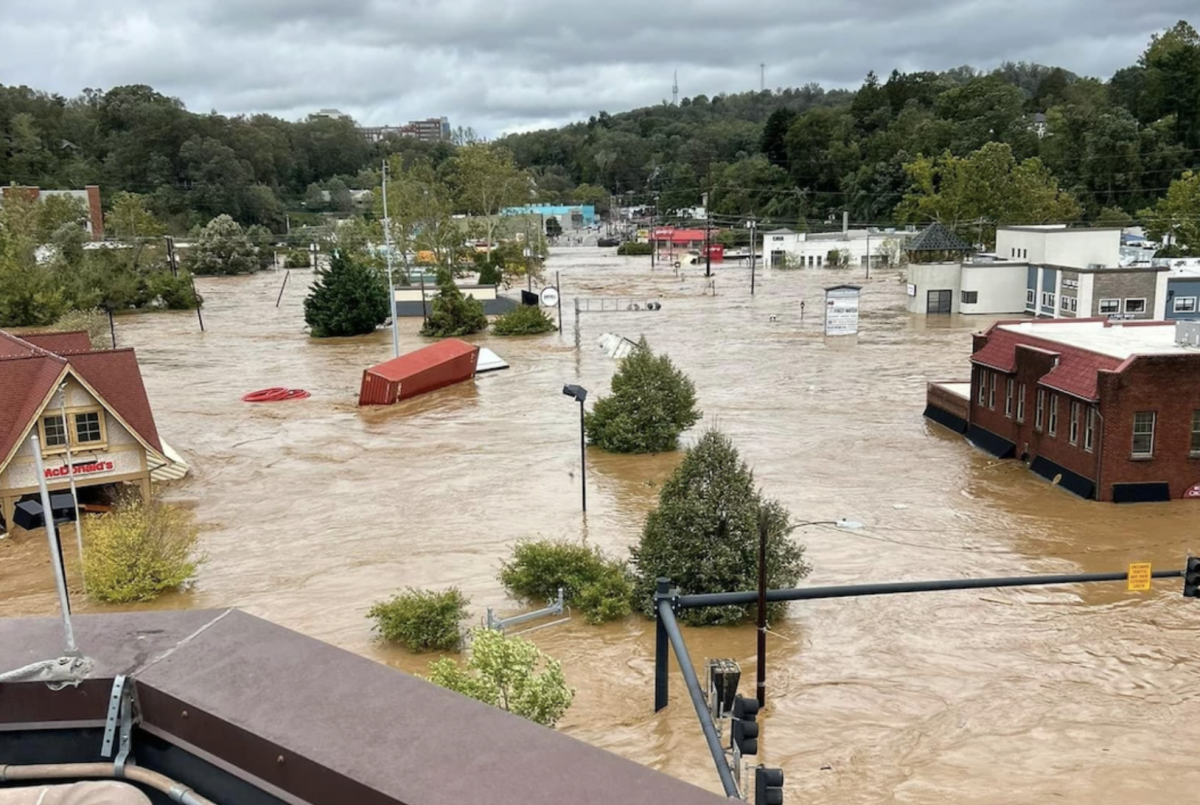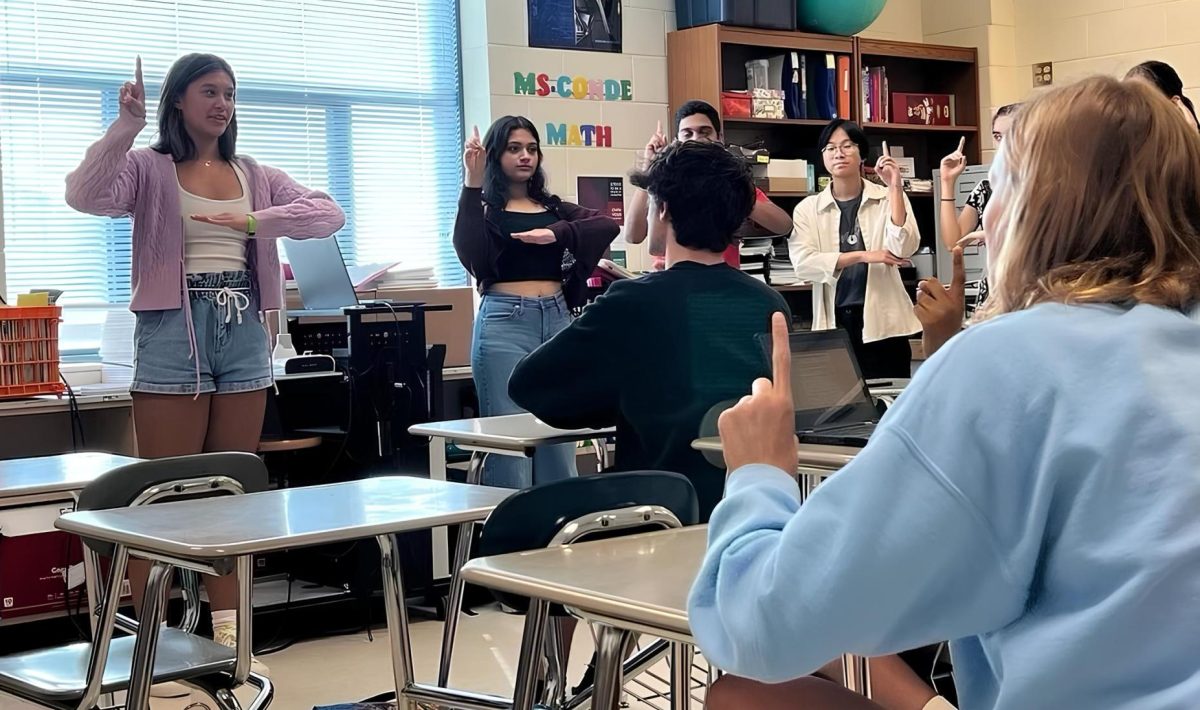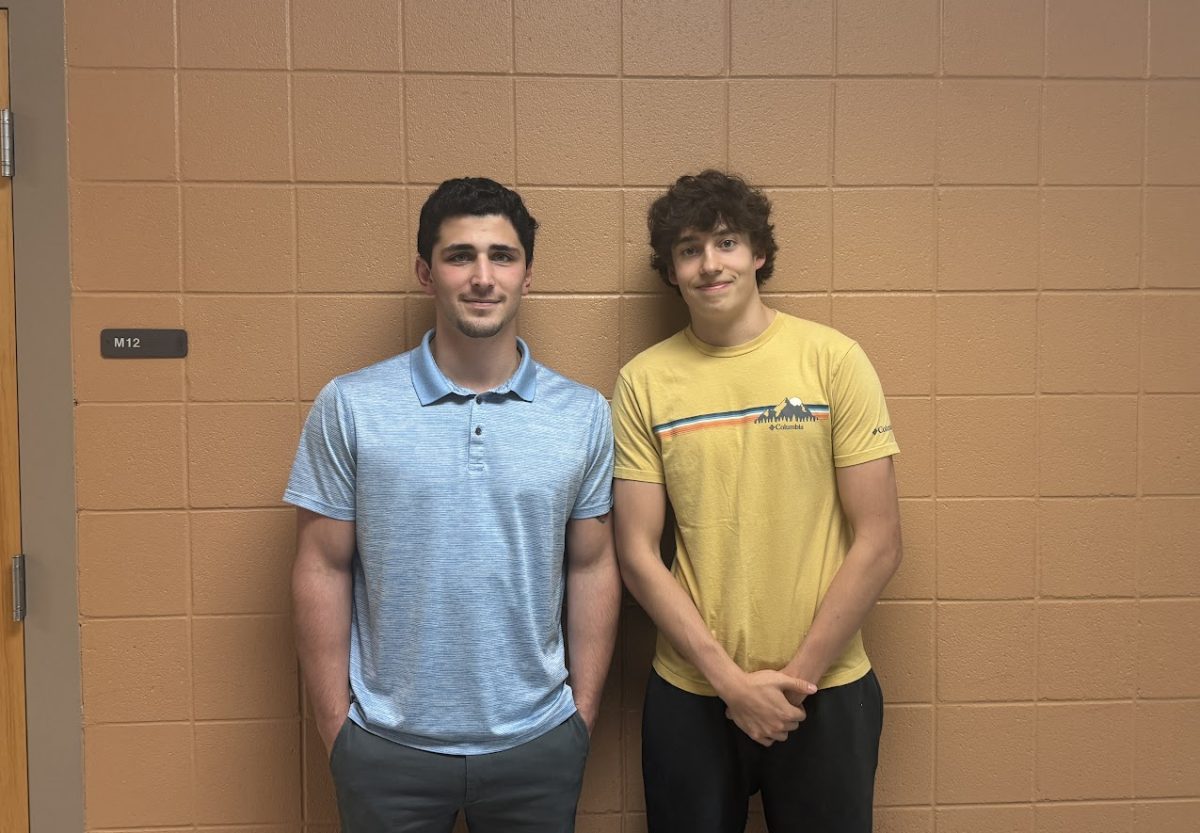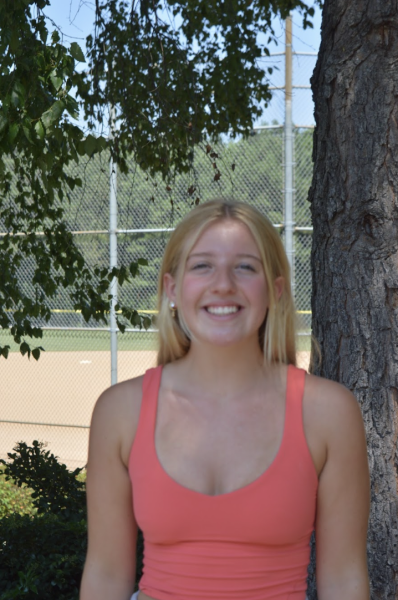Not all voices are heard, but everyone can be seen. American Sign Language was founded in the 19th century in Hartford, Connecticut and has made its way to the halls of Green Hope through the American Sign Language (ASL) Club. Through interaction, the ASL Club takes action on their goals: to spread awareness of deaf, mute, and hard-of-hearing culture. They emphasize that ASL is not just for those unable to channel their voice, but for everyone, and an integral part of moving society forward to include those who struggle to be heard to have a voice, too.
ASL Club meets once a month on the third Wednesday of every month during the first half of lunch in Mrs. Cora Conde’s room. Currently, the ASL club consists of a diverse group of 20 to 30 active participants who engage during meetings. The lessons are set up based on the feedback and interests of the students. The club officers then tailor activities based on student surveys. During meetings, students learn new ways to communicate through ASL from competition activities and games with the opportunities to win a prize. Throughout meetings, the supportive environment gives students the comfort of communicating with one another in ASL.
American Sign Language is now considered a dying language due to technological innovations that make nonverbal communication easier. Kambara highlighted the importance of preserving ASL communication for future students. “Although these technologies are great and convenient, nothing is more convenient for individuals who use ASL than to sign in ASL itself. It’s like asking someone who can speak to write down or type everything they want to say rather than using their words,” she said. Kambara emphasized that ASL skills instilled in students will act to serve society. “By teaching students at Green Hope basic sign language skills, we equip them with the skills to have a general conversion with someone who uses ASL so that they aren’t limiting themselves from communicating with a whole audience of people in the world,” she said.
President Sahasra Kambara (‘24), VP of Content Liesl Tran (‘24), VP of Communications Jenna Jun (‘24), VP of Media Roshan Shoukat (‘25) and Demonstrator Kaylin Long (‘24) lead the club, with support from club advisor Mrs. Conde.
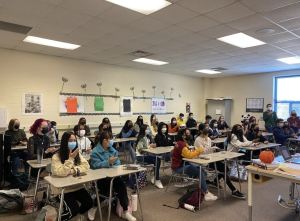
Kambara started the ASL club her sophomore year to establish an environment for students interested in learning, honing, and using sign language as a hobby, or to enhance their skills in communication. She saw the similarities between Bharatanatyam, her traditional Indian dance hobby, and ASL which began her journey engaging with this form of expression. When asked about a typical club meeting, Kambara said, “If anyone were to walk into a regular ASL meeting, you would see a bunch of students who come together, either with friends or ready to make friends, with big smiles on their faces laughing and joking around. It is a very positive, uplifting environment where students can engage in a fun activity, make friends, and gain all the mental and technical benefits of learning a new, highly-interactive language.”
By trying to serve the community, the ASL participates in many opportunities to help them succeed with this goal. ASL participates in school-wide awareness activities by distributing flyers that display common ASL phrases. Club members are also empowered to share their outside learning with the class through projects and presentations. These lessons help members solidify ASL vocabulary.
This club has brought many students joy, Roshan says that “My favorite memory is definitely the meeting we had after last year’s Super Bowl. Our president Sahasra had the idea to sign the ASL lyrics to Rihanna’s Work after seeing her interpreter go viral. It was safe to say that it was a hit with the club, all of us were on the floor laughing: at Sahasra, at the board, but mostly ourselves as we signed the goofy lyrics.”
Whether it’s introducing students to new ASL apps, partnering with the Special Education department, or simply meeting up outside of class to practice in a real-world setting, the club accommodates all members’ needs and interests while fostering a welcoming environment and culture. ASL provides the volunteering and commodities to educate students of Deaf culture and how to act around certain ASL users respectively. The club is looking forward to gaining new members and getting involved in more projects outside of the classroom.



